
One of the world’s leading publishers of printed classical and educational music.

Bob Chilcott - Birdland
- Text
- Oxford
- Chilcott
- Birdland
- Wwwoupcom
Composer’s note The
Composer’s note The poet Charles Bennett and I had for quite some time discussed the possibility of writing an extended dramatic work for young singers. Charles had the basis of the story in his mind, and we agreed that we wanted to write a piece not only about singing but also about what it means to have the courage to sing with your own voice, thus ultimately being true to who you really are. We were thrilled when Jon Cullen from Magdalen College School in Oxford, alongside Lucy Farrant from the Young Norfolk Arts Trust and Alison Corfield from Norfolk Music Hub, agreed to be partners with us by commissioning this piece. Thus Birdland came to life and received its first performances concurrently in the summer of 2020 at the Oxford Festival of the Arts and at the Young Norfolk Arts Festival, in Norwich Theatre Royal. For us a major consideration was to make the piece as flexible for performance as we could. We have tried to make the solo roles interchangeable, in that they can be sung by any voice part. Even though the piece is fundamentally designed for young singers, the solo roles can equally be sung by adults or by young voices and adult voices combined. The work is scored for an ensemble of ten players, but it can also be performed with just piano or piano with the help of percussion and bass guitar or double bass. In the same way we have tried not to be too prescriptive about stage directions. Even though we have tried to imagine the temporal shape and pacing of the piece through the scoring and narrative, we hope that there will be plenty of scope for creative staging. We imagined that the piece could include dance and movement, from the possibility of an occasional dancing chorus to perhaps a more formal dance routine in movement eight, ‘Downwards.’ We hope that, ultimately, the nature of the piece might be able to stimulate and encourage as imaginative and broad a palette of ideas as possible, when bringing it to life. As well as the commissioners, I would like to thank a number of colleagues who have helped this piece come to life. Thanks are due to Val Withams from Choral Connections and also to Griselda Sherlaw-Johnson and Jenny Wegg at Oxford University Press. I would especially like to thank our editor, Laura Jones, for her tireless work on this piece, not only for her careful work on the score but also for her masterminding of all the learning materials for the work, which she has done with grace, good humour, and endless patience. Bob Chilcott November 2019 Duration: c.45 mins for online perusal only This note may be reproduced as required for programme notes. v
Charles Bennett (b. 1954) BIRDLAND 1. Prologue (Pip, SATB Chorus Birds) BOB CHILCOTT PIP UNISON VOICES SOPRANO ALTO & 4 ° ¢ & 4 ° & 4 SCENE 1—Early morning in Birdland. Pip is awake, standing centre stage. Waking q = 92 ∑ ∑ ∑ ∑ ∑ ∑ ∑ ∑ ∑ ∑ ∑ ∑ ∑ ∑ ∑ ∑ ∑ ∑ TENOR BASS ? ¢ 4 ∑ ∑ ∑ ∑ ∑ ∑ PIANO REDUCTION 7 { { & & & 11 & & & ˙ { & 4 & 4 Waking q = 92 ∑ “ œ” œ œ “ œ” œ œ œ ˙ œ œ œ œ œ ˙ œ œ œ œ ˙ œ œ œ œ œ œ œ œ p œ w œ J œ œ œ œ ˙˙˙ w w œ w PIP Ó Œ ‰ œ œ œ œ œ œ œ œ www œ œ œ œ ˙ Ó Œ p My fea œ J œ œ œ œœ ˙˙˙ œ j œ œ œ œ ˙ Ó Œ - thers are brown, but what col-our is my voice? You could lis -ten to a rain - bow, if you ˙ œ J œ œ œ œ œ œ œ œ œ œ œ œ ˙˙ for online perusal only www ˙ œ J œ œ œ œœ ˙˙˙ www œ œ œ œ œ œ œ œ www œ œ œ œ œ œ œ œ œ œ Œ Œ ˙ œ J œ œ œ œœ ˙˙˙ œ œ œ œ œ œ œ œ www œ œ œ œ © Oxford University Press 2019 Printed in Great Britain OXFORD UNIVERSITY PRESS, MUSIC DEPARTMENT, GREAT CLARENDON STREET, OXFORD OX2 6DP The Moral Rights of the Composer have been asserted. Photocopying this copyright material is ILLEGAL.
- Page 1 and 2: 2 A musical drama for soloists, uni
- Page 3 and 4: 3 Great Clarendon Street, Oxford OX
- Page 5: Dramatis Personæ Pip, a sparrow Hi
- Page 9 and 10: 27 & mp œ œ J ˙ Ó Œ œ œ œ
- Page 11 and 12: 5 8 ° ¢ & œ œ œ œ w let the d
- Page 13 and 14: 18 ° ¢ & œ œ œ œ w Ó Œ ‰
- Page 15 and 16: 9 31 ° 6 ¢ & ∑ 4 ∑ ° & œ 3
- Page 17 and 18: 40 ° ¢ & ff œ œ j ‰ œ œ j
- Page 19 and 20: 3. Feathered Perfection (Highnote,
- Page 21 and 22: Just one false note, one wrong step
- Page 23 and 24: 8 ° 6 12 ¢ & bb b 8 8 œ œ œ j
- Page 25 and 26: 28 f ° 6 12 ¢ & bb b b b b ∑
- Page 27 and 28: 21 41 ° 6 12 ¢ & bb b ∑ ∑ 8
- Page 29 and 30: 23 5. I have a song (Pip, Unison Ch
- Page 31 and 32: 25 20 & ∑ 4 ∑ œ Œ Ó Ó œ œ
- Page 33 and 34: 27 39 & 4 ∑ ∑ ∑ ° ¢ & 4 °
- Page 35 and 36: S. A. T. B. 8 & : ‹ ; b b b 3 2 &
- Page 37 and 38: 25 & : ‹ ; b b b PIP “I’ll wo
- Page 39 and 40: 52 & : ‹ ; b b b œ œ œ œ œ
- Page 41 and 42: 35 ° ¢ & # { { 13 & # 17 ∑ “E
- Page 43 and 44: 37 13 ° & # ww ˙ œ w ˙ Œ ?# ¢
- Page 45 and 46: 33 ° & # ?# ¢ & # { ?# 37 ° & #
- Page 47 and 48: 55 ° & # Ó Œ oo œ œ œ œ œ m
- Page 49 and 50: 7 ° ¢ & # # # # ° & # # # # ?#
- Page 51 and 52: 22 ° & # > > > > > œ > œ œ œ
- Page 53 and 54: 47 37 ° ¢ & # # # # > œ > œ œ
- Page 55 and 56: 49 52 ° & # > > œ œ > > # # # œ
- Page 57 and 58:
51 64 ° ¢ & # # # # > œ > œ œ
- Page 59 and 60:
53 79 ° & # > > > > œ œ # # # œ
- Page 61 and 62:
55 91 ° ¢ & # # # # > œ > œ œ
- Page 63 and 64:
57 103 ° ¢ & # # # # ° & # # # #
- Page 65 and 66:
Steady (Menacing) q = 63 DOC ROCK P
- Page 67 and 68:
3 9 ° ?# œ j œ œ œ œ œ œ œ
- Page 69 and 70:
63 23 ° & # Œ œ œ œ œ ‰ # j
- Page 71 and 72:
S. A. T. B. 38 ° & bb ? ¢ b b & b
- Page 73 and 74:
55 DOC ROCK PEACOCK 2 & bb “Liste
- Page 75 and 76:
69 8 { & b & b ˙ Ó ∑ œ œ œ
- Page 77 and 78:
71 26 & bb b b Ó ‰ œ j Œ œ œ
- Page 79 and 80:
{ { { 47 & b œ œ œ Œ ‰ 3 œ j
- Page 81 and 82:
75 12. The Bewilderness (Croakencaw
- Page 83 and 84:
77 19 ° & bb b ˙ ˙ œ œ œ œ
- Page 85 and 86:
37 ° & bb b œ œ œ œ œ œ œ
- Page 87 and 88:
56 ° & bb b rit. œ œ œ œ œ œ
- Page 89 and 90:
83 18 & b 4 œ œ œ œ Ó œ œ œ
- Page 91 and 92:
37 , , & b 4 œ ‰ œ J œ œ œ
- Page 93 and 94:
60 & b WIT “They destroy the cont
- Page 95 and 96:
23 & œ œ œ œ œ œ w whis-per i
- Page 97 and 98:
91 60 & œ ˙ œ œ œ œ œ œ ˙
- Page 99 and 100:
93 88 & bb b b ˙ œ œ œ œ œ w
- Page 101 and 102:
95 cresc. poco a poco œ ff w 3 2 l
- Page 103 and 104:
97 12 ° ¢ & bb b b œ 3 œ j œ
- Page 105 and 106:
22 mu - sic so light and free, ° &
- Page 107 and 108:
101 36 ° ¢ & bb b b ° & bb b b ?
- Page 109 and 110:
103 8 ° ¢ & œ œ œ œ w let you
- Page 111 and 112:
105 18 ° ¢ & ° & ? ¢ œ œ œ
- Page 113 and 114:
107 31 3 ° 3 6 ¢ & 4 œ œ œ œ
- Page 115 and 116:
& b ∑ ? ˙ œ œ œ œœ œ j œ
Inappropriate
Loading...
Mail this publication
Loading...
Embed
Loading...
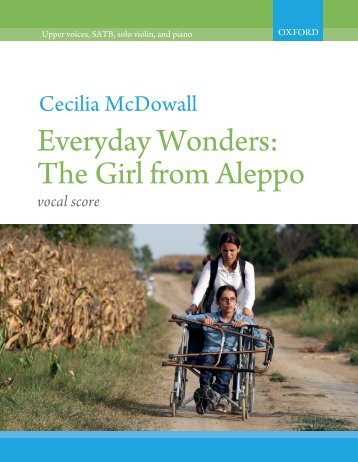

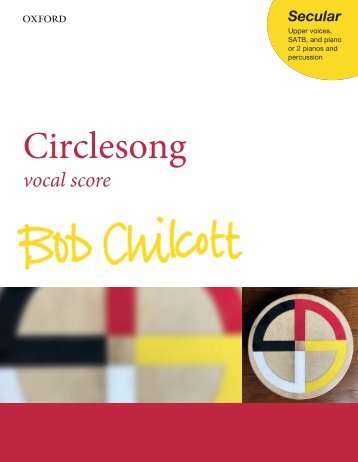
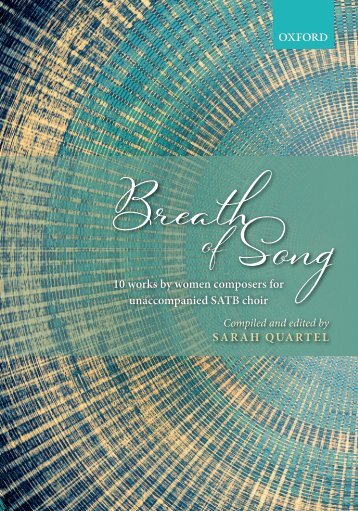
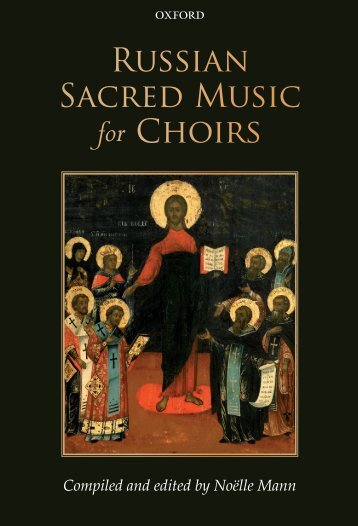

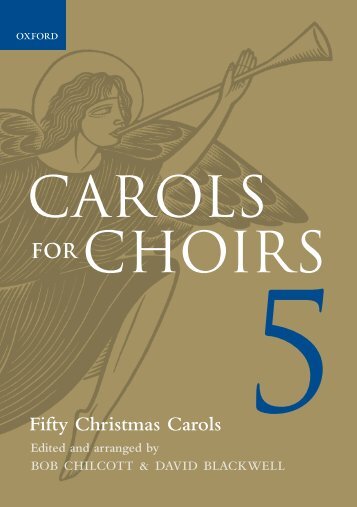

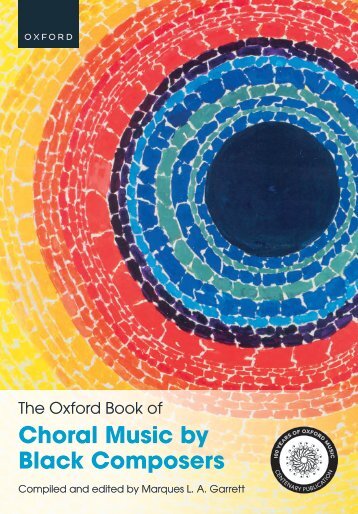
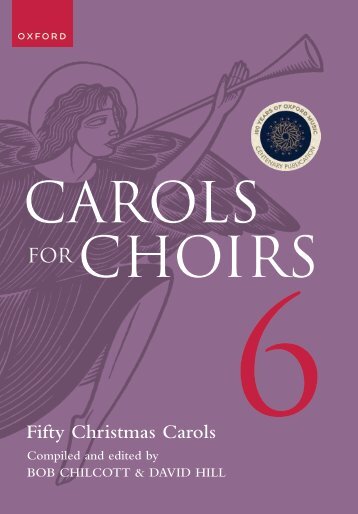

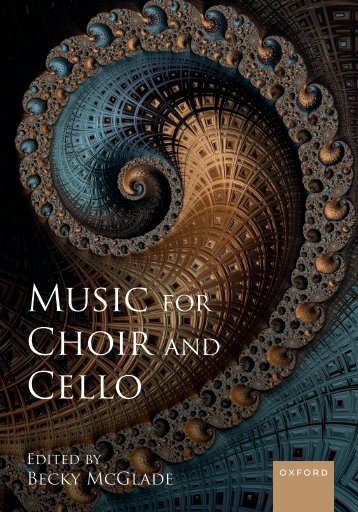

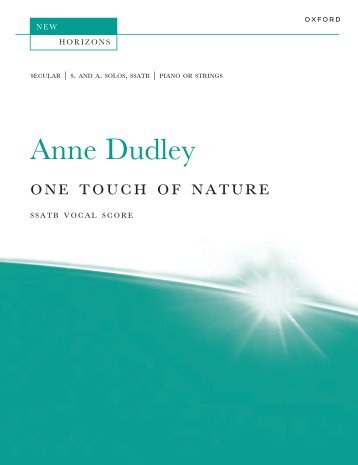

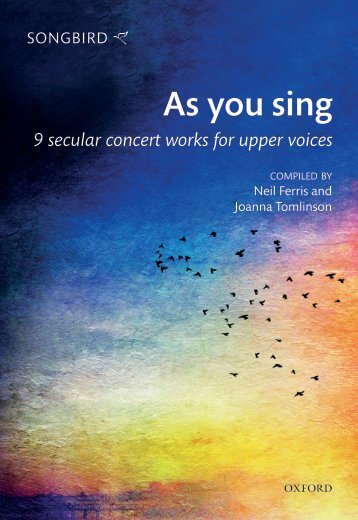
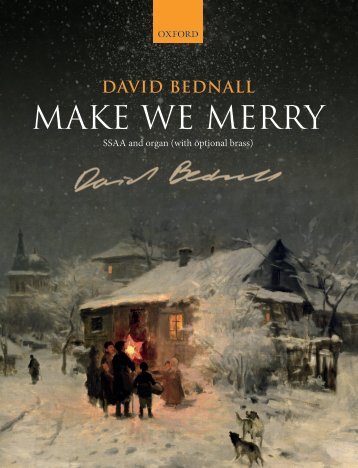
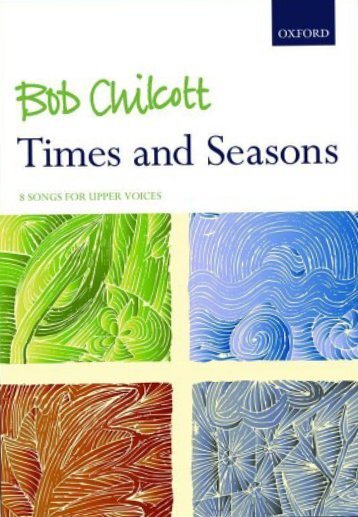


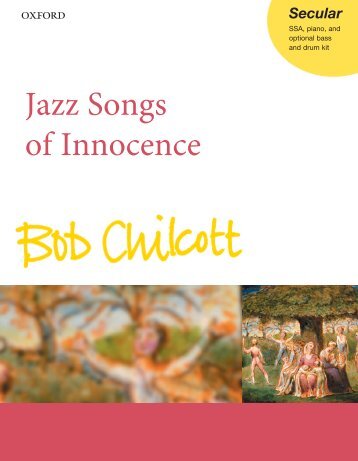
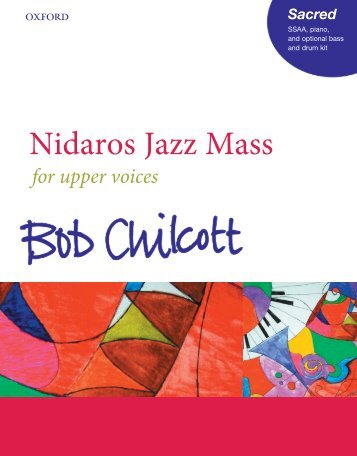
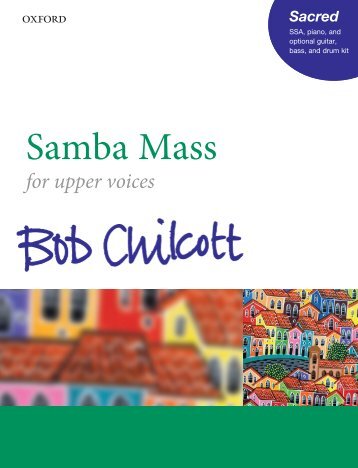


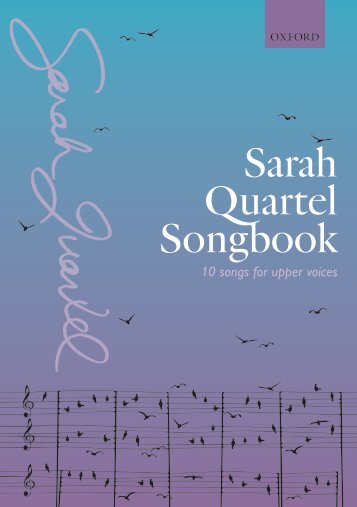
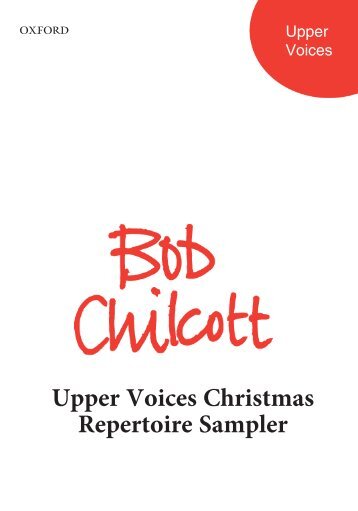

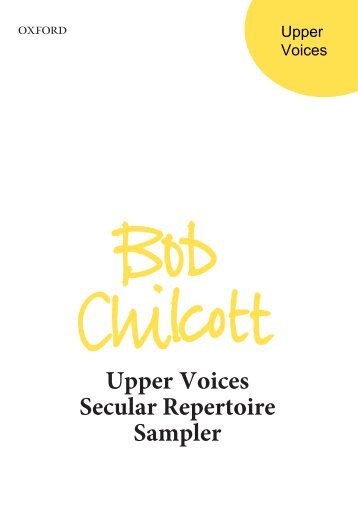

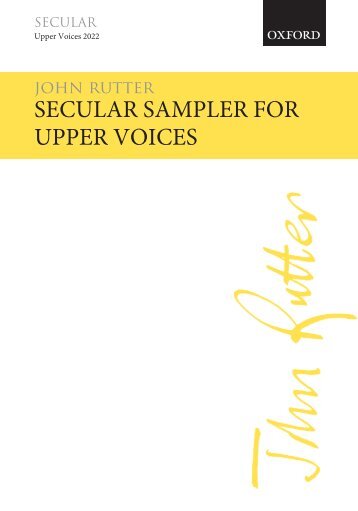
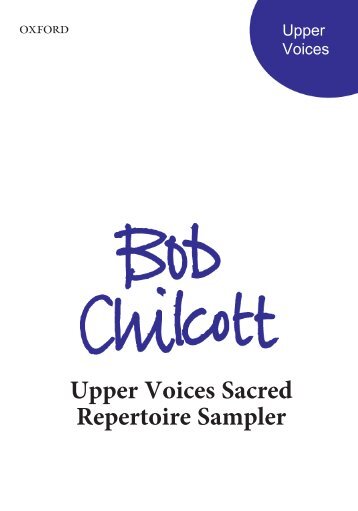


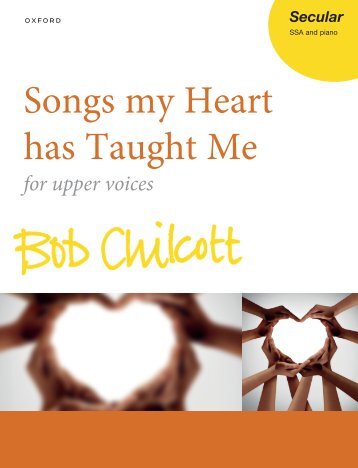
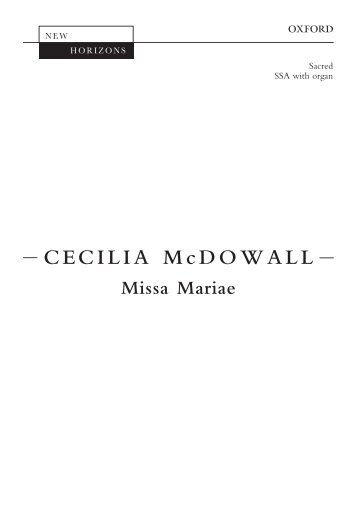
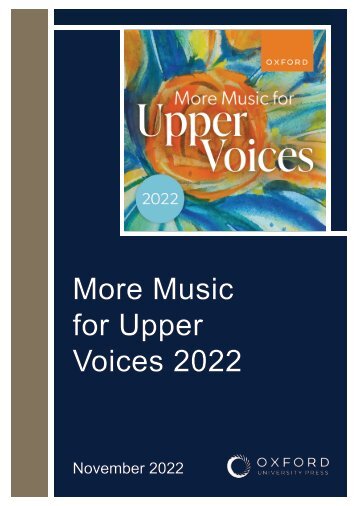
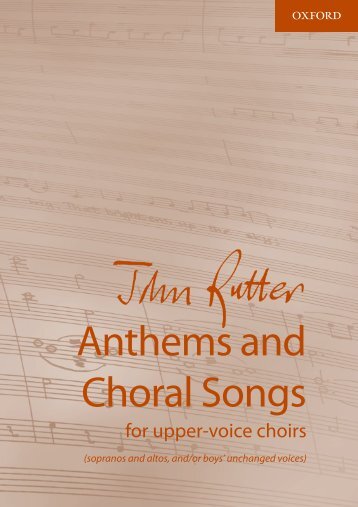

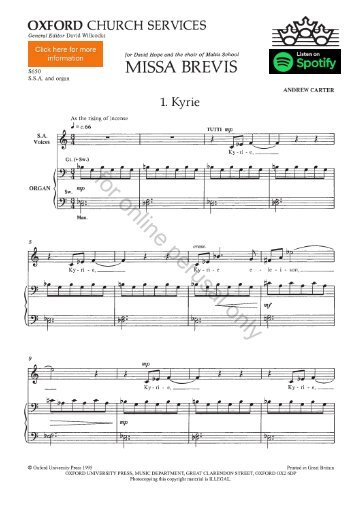
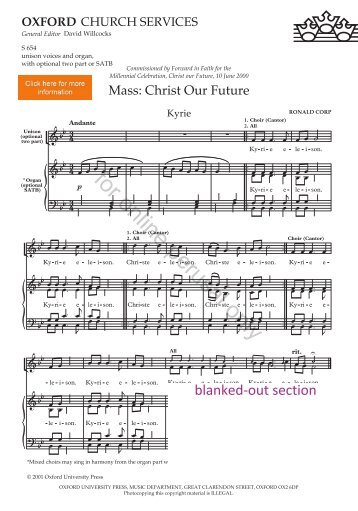
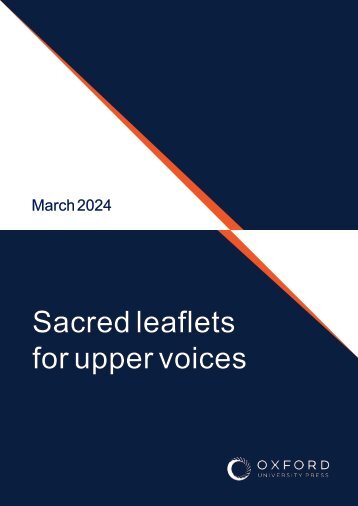
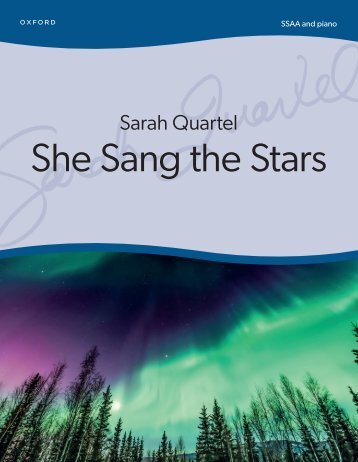

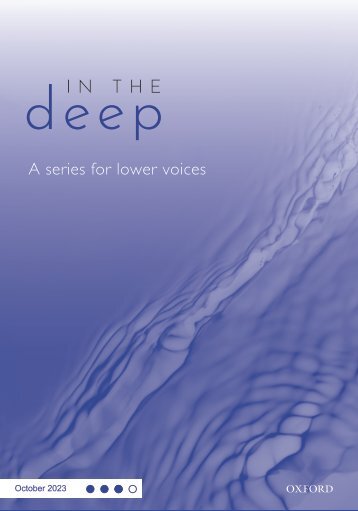
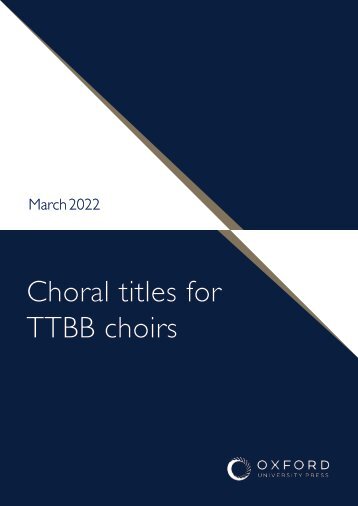
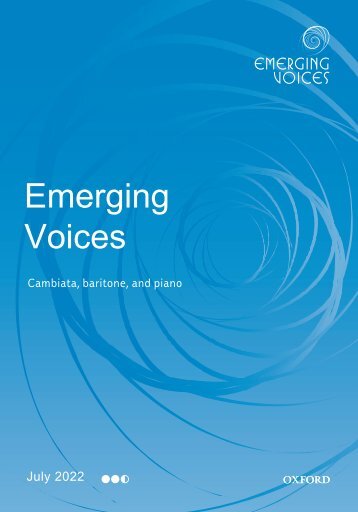
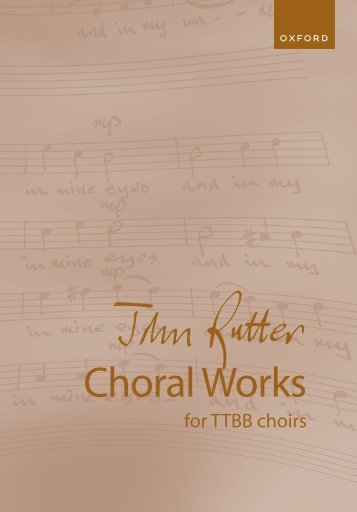
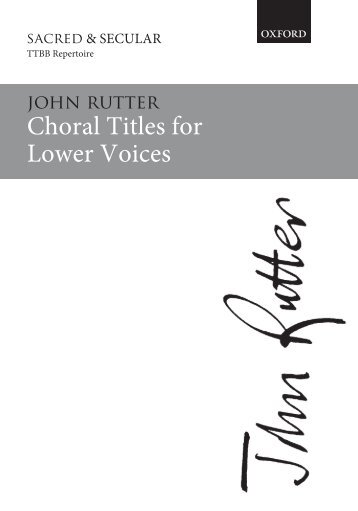
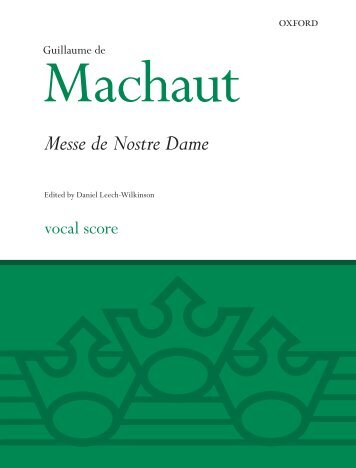
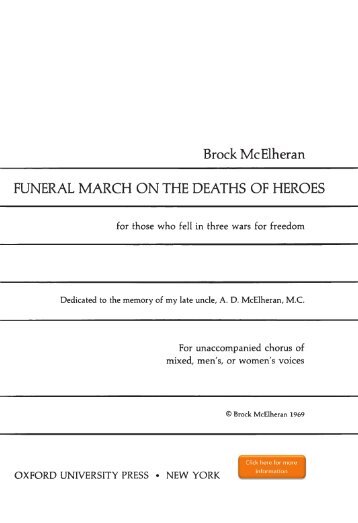

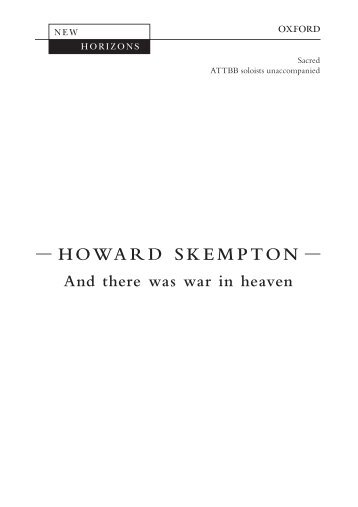
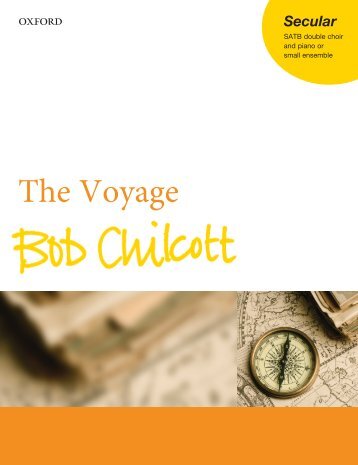
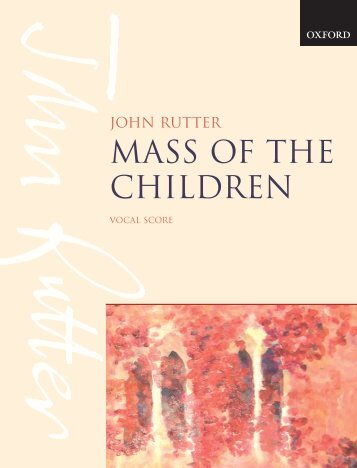
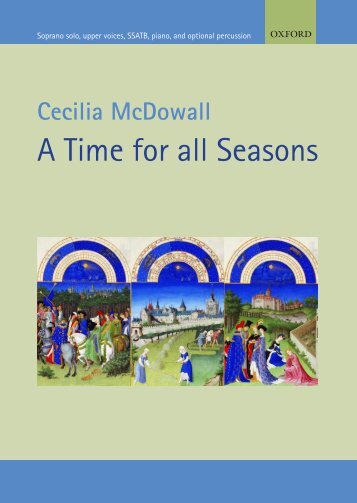
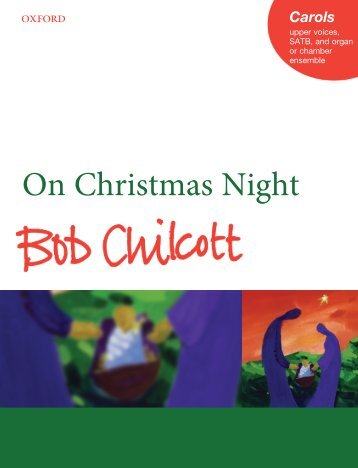
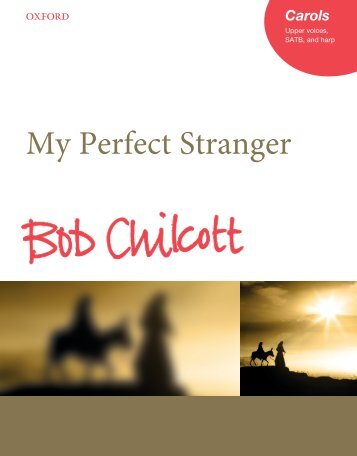
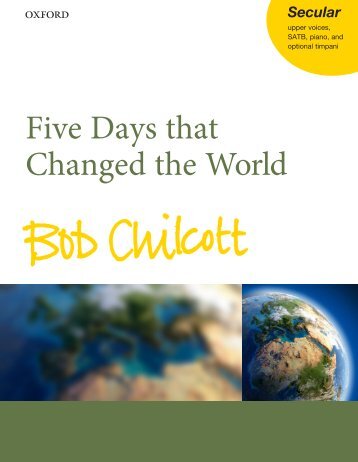
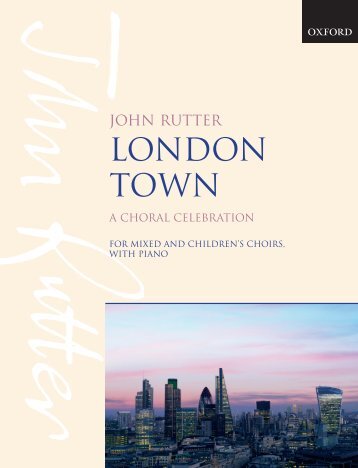

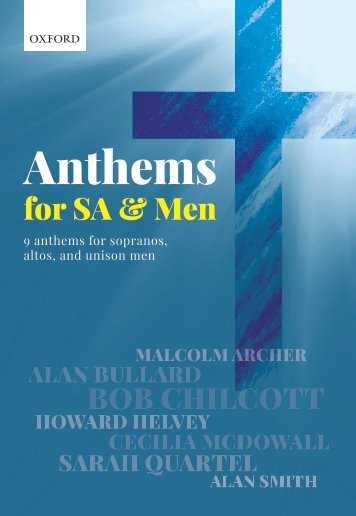
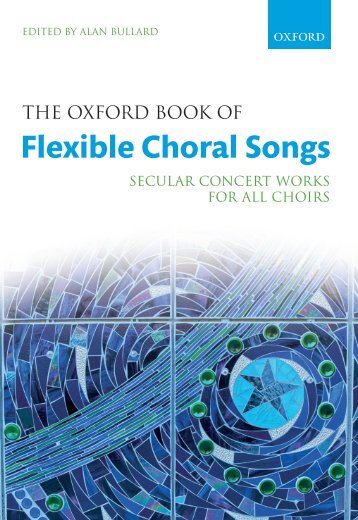
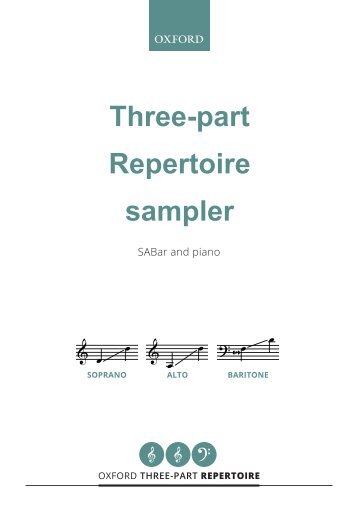

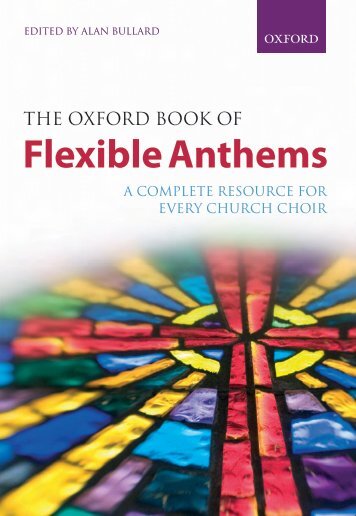


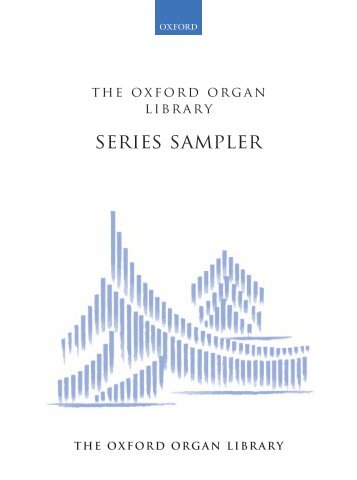
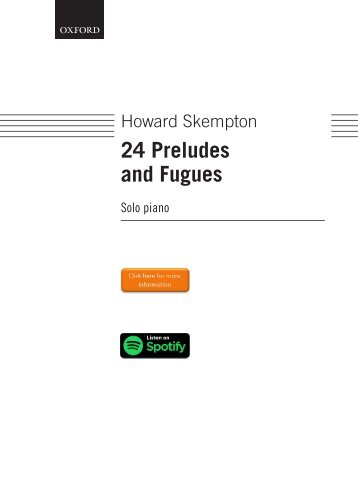
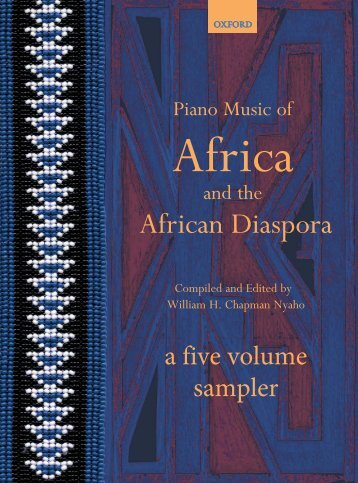
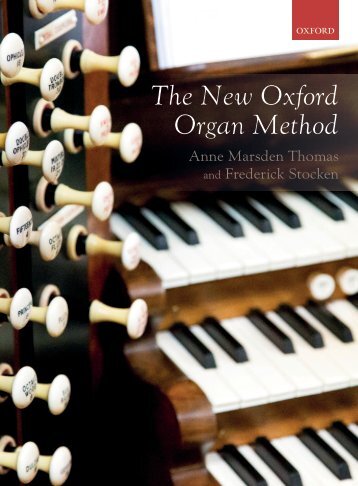
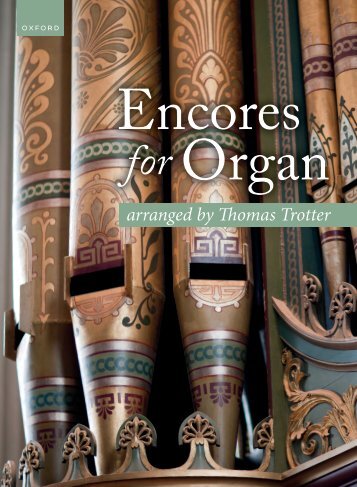


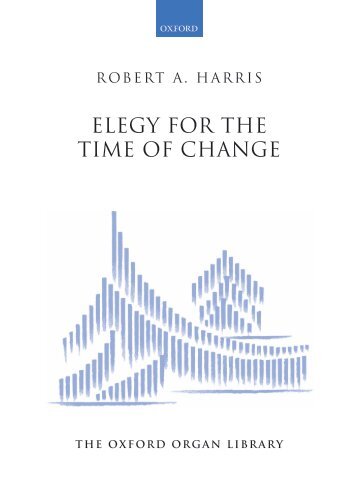


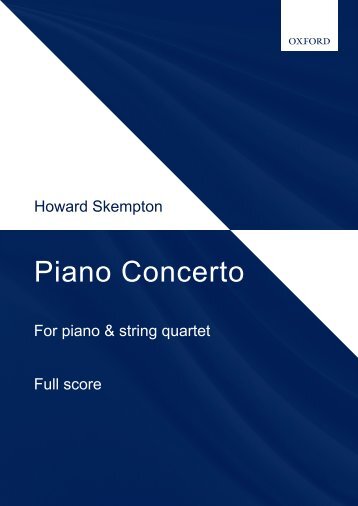
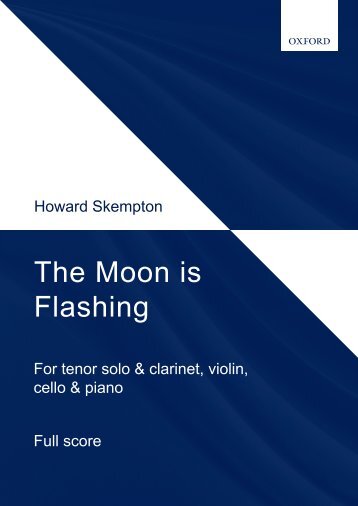
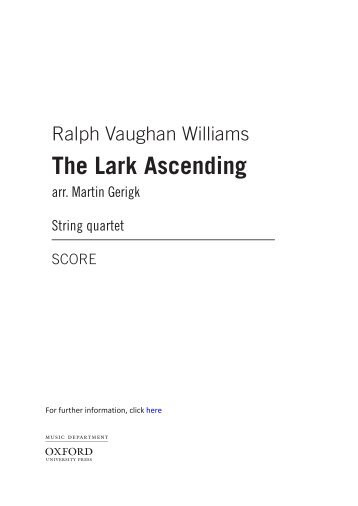
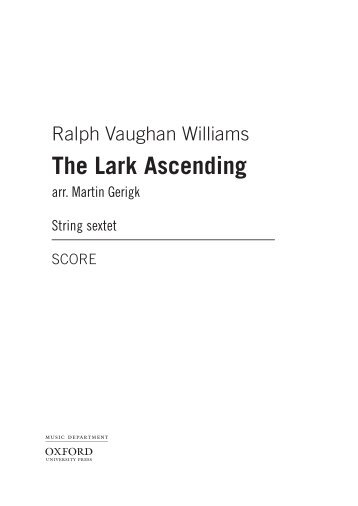
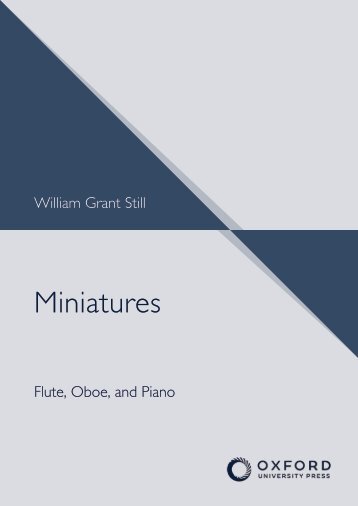
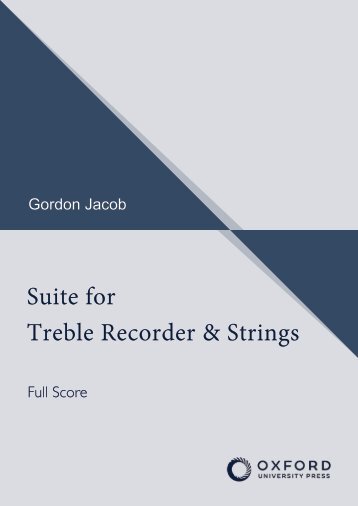
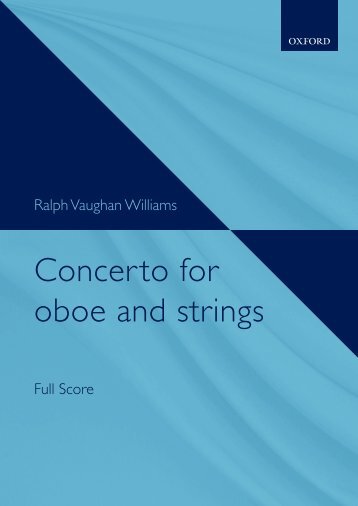
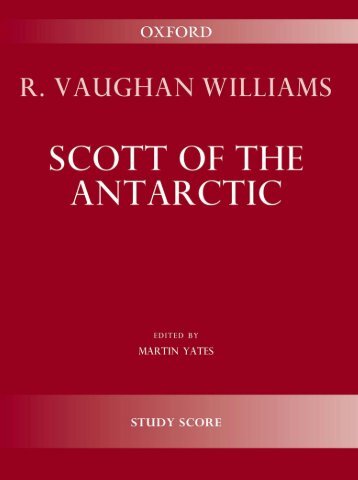
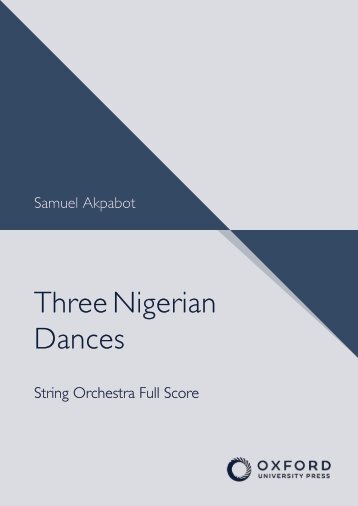


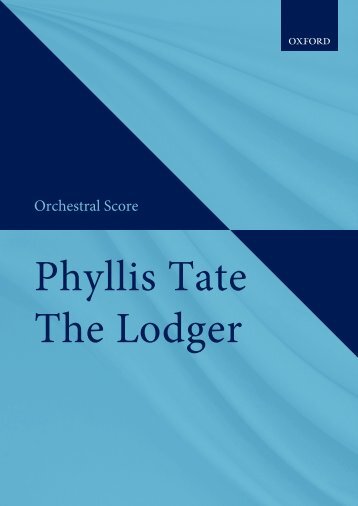

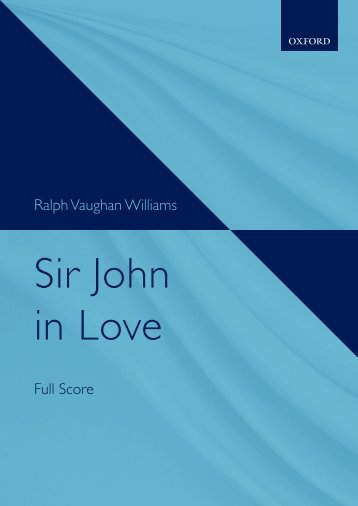


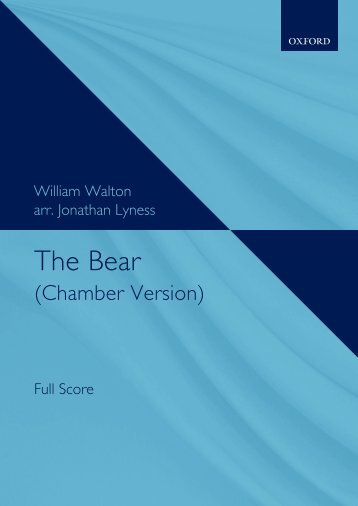

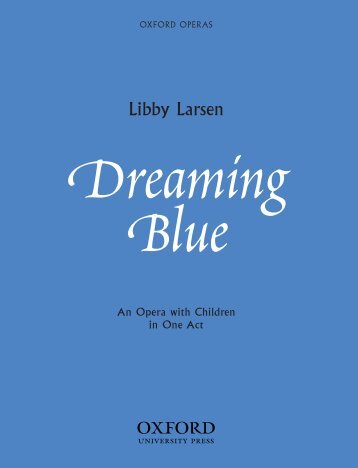
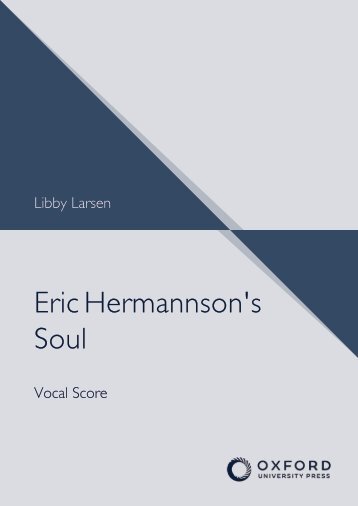
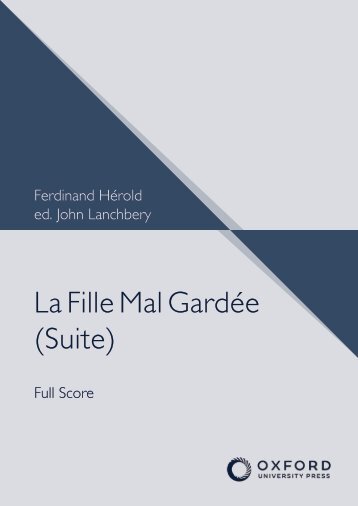
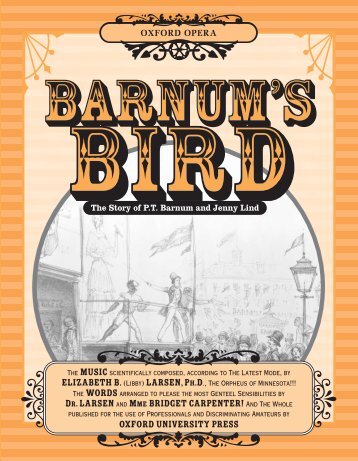




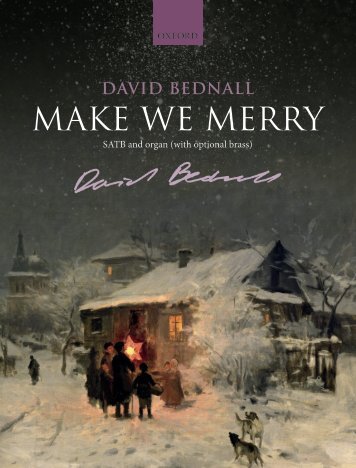
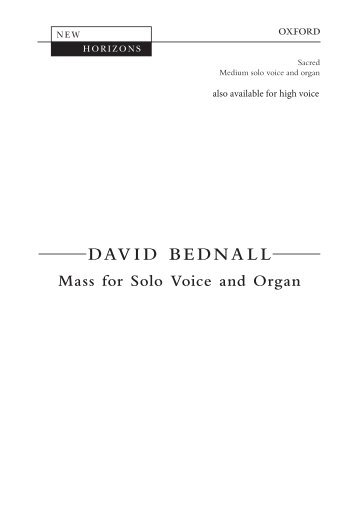
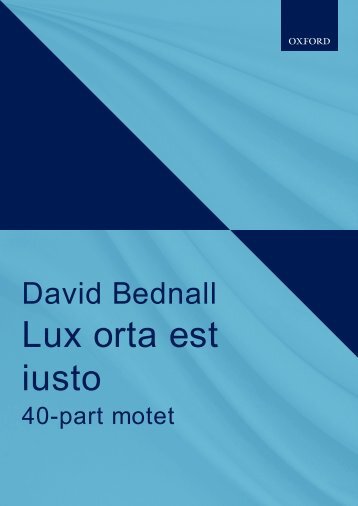


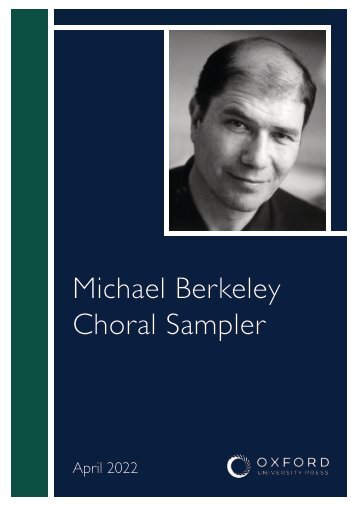
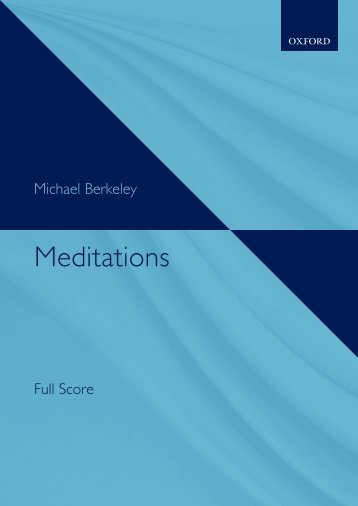
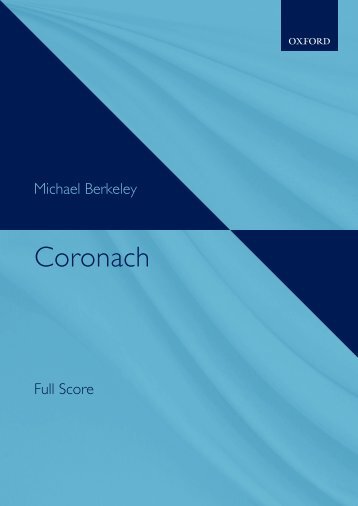
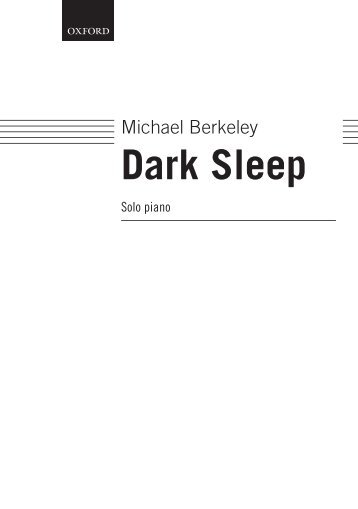

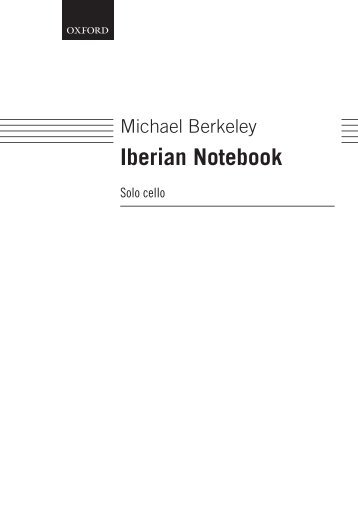


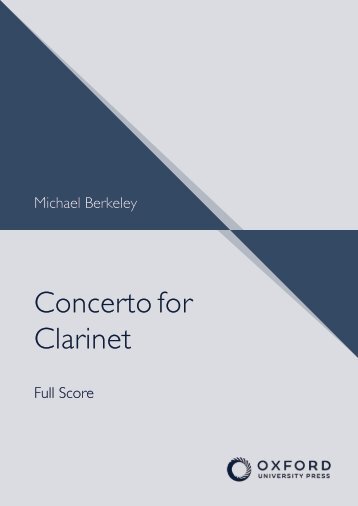

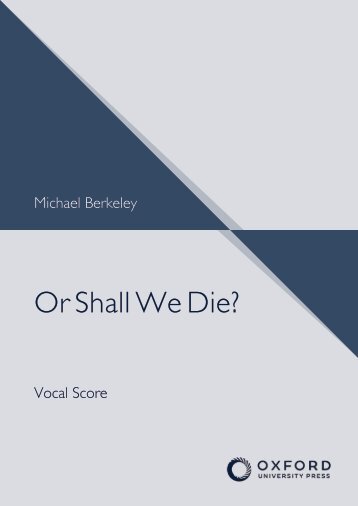

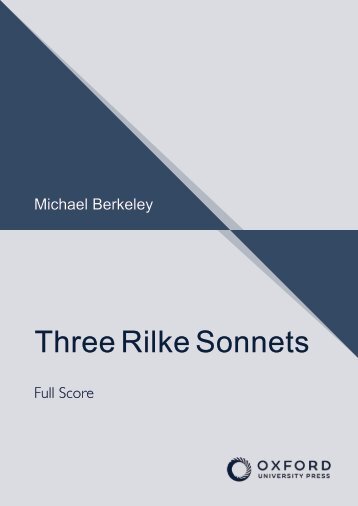
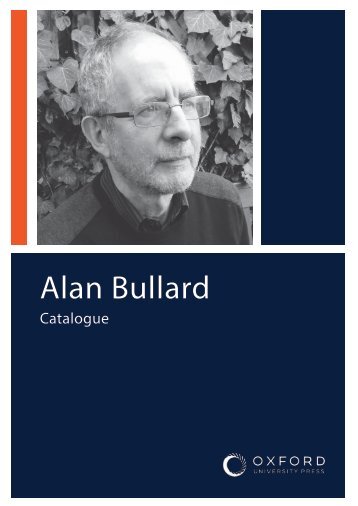
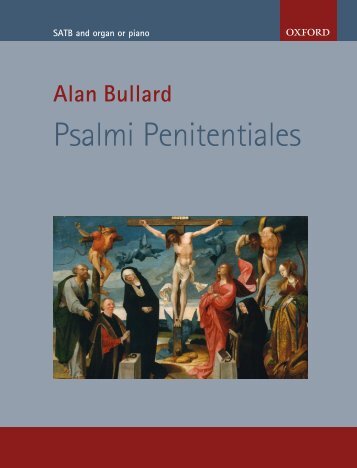
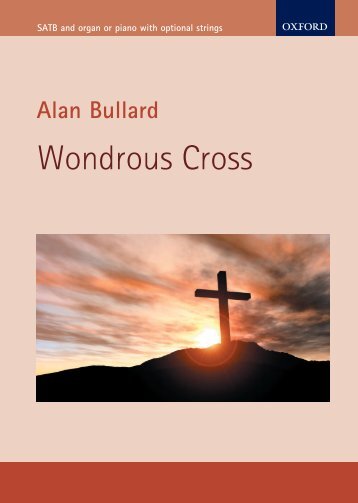
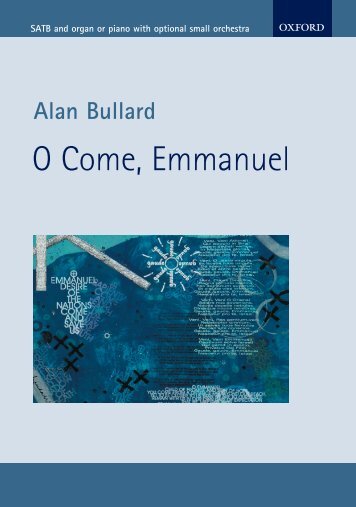
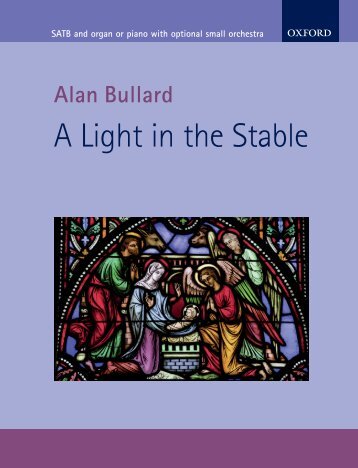
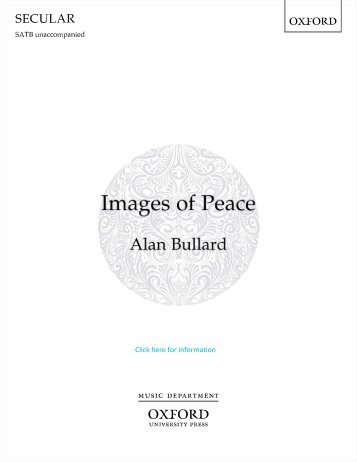
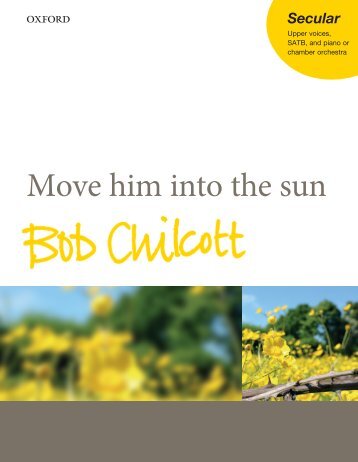
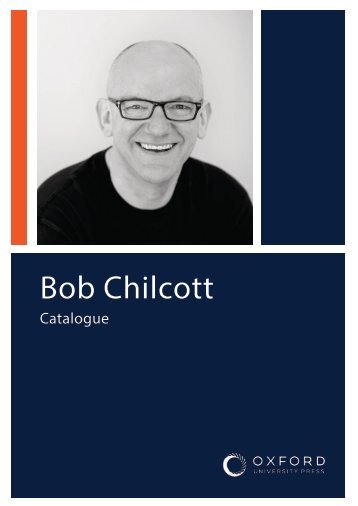
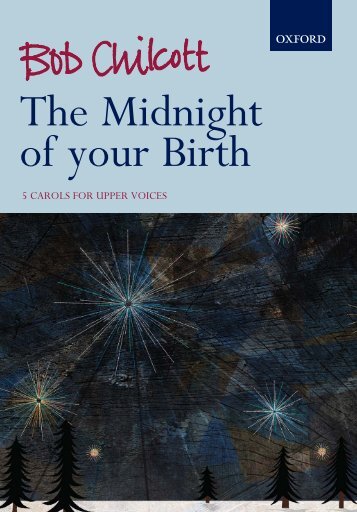
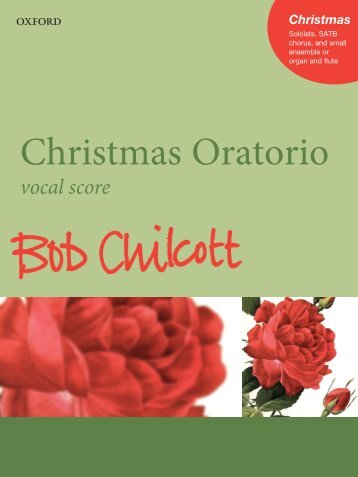
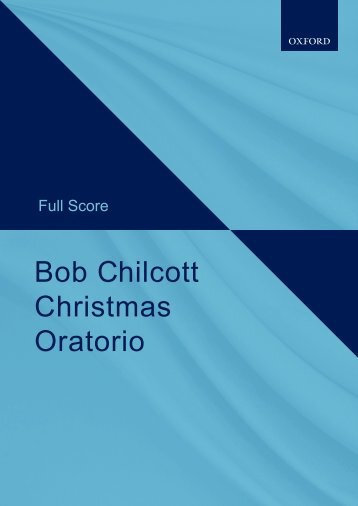


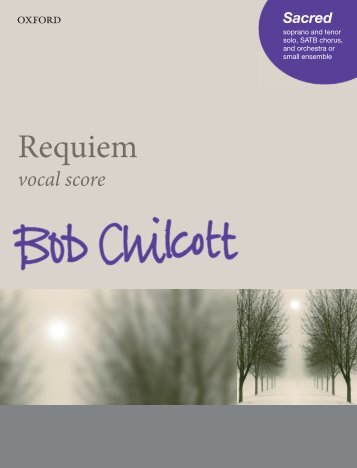


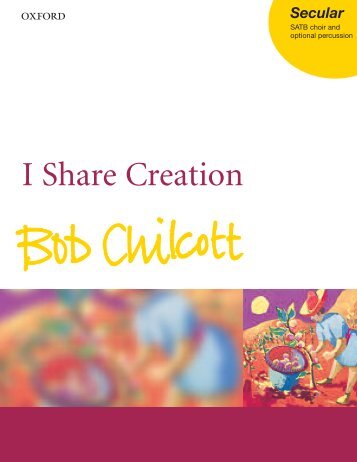
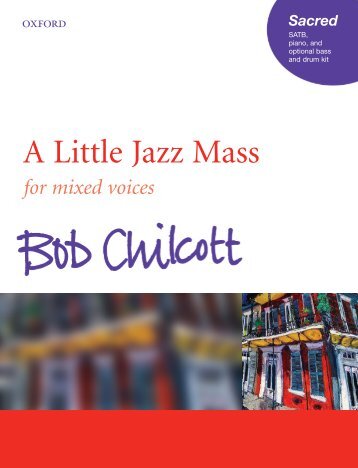
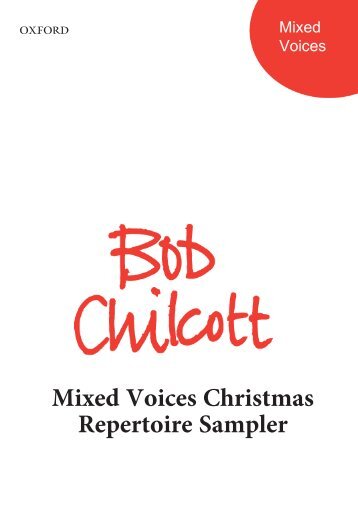
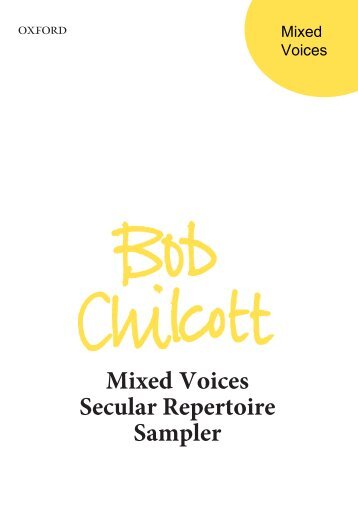

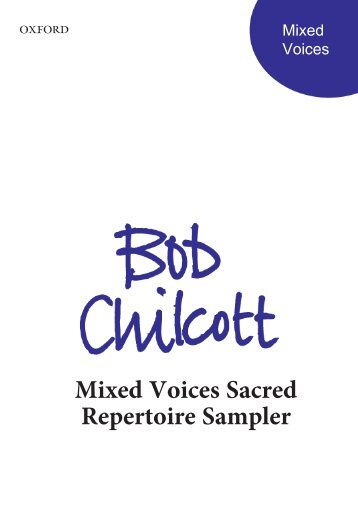

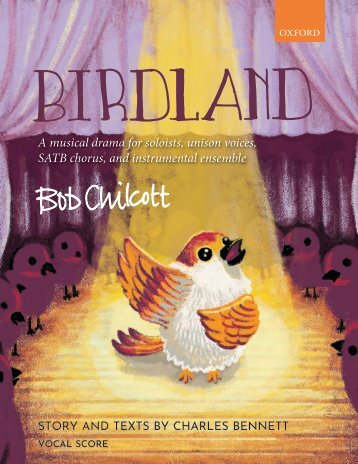

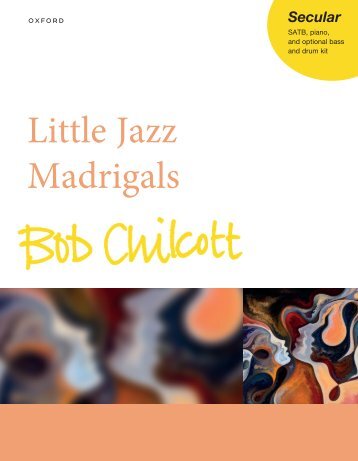




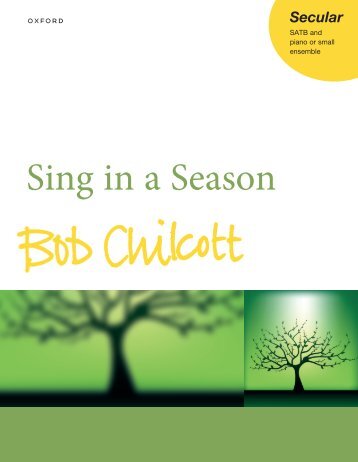
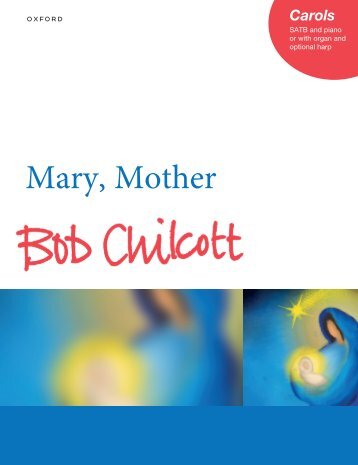
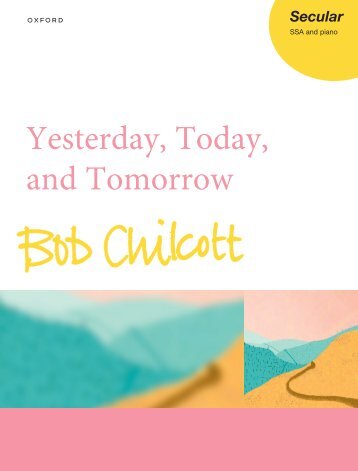
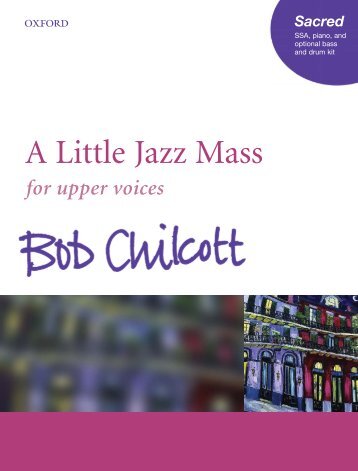

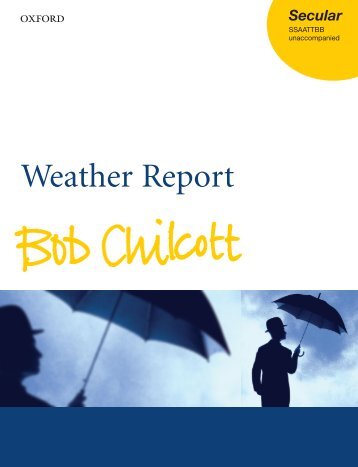
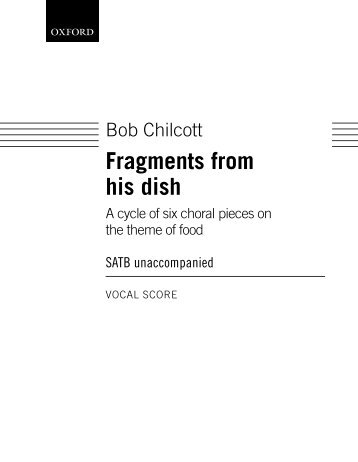

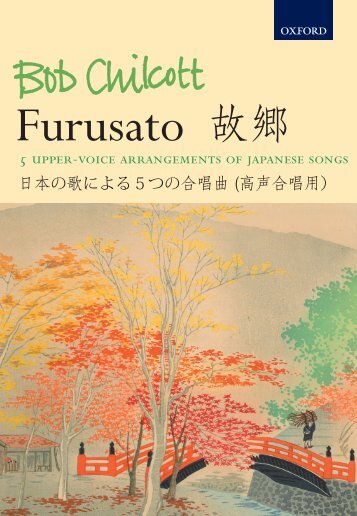


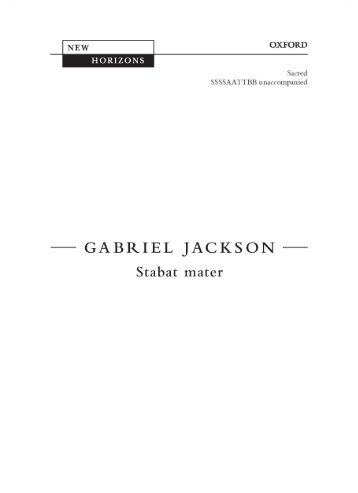
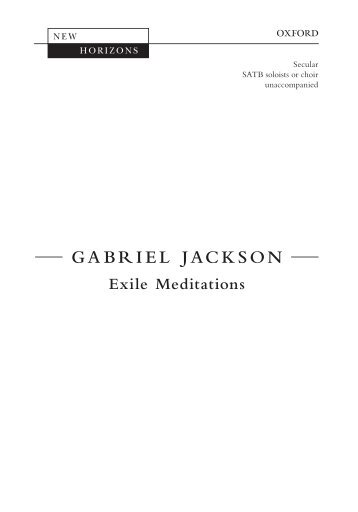
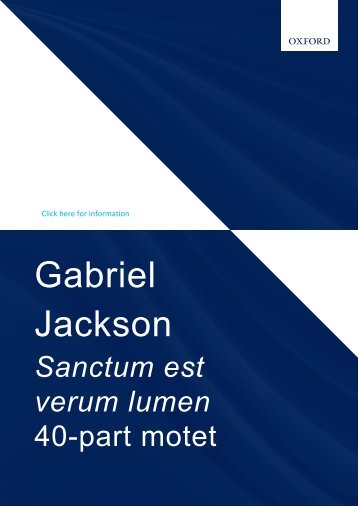
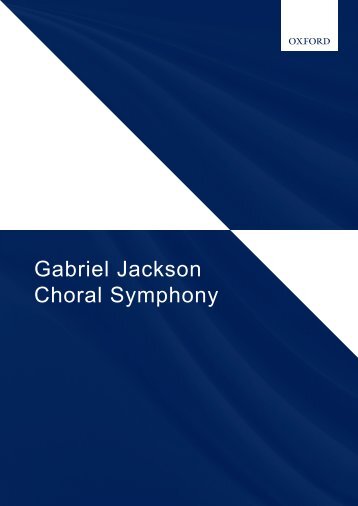

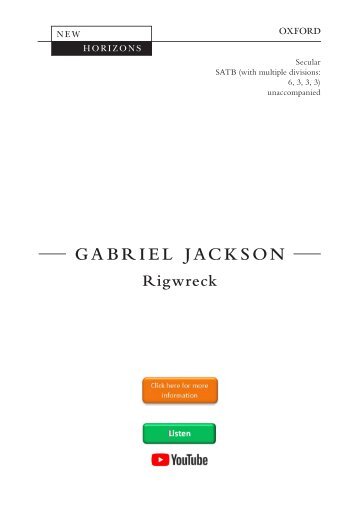
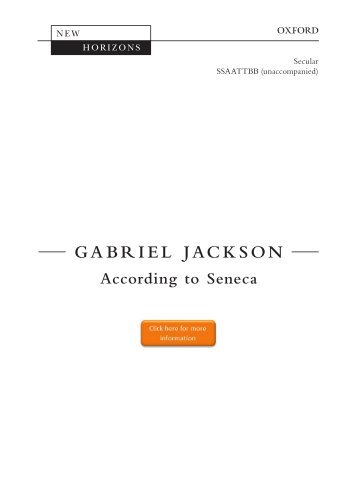
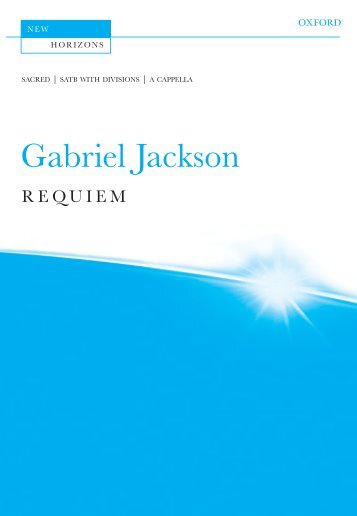
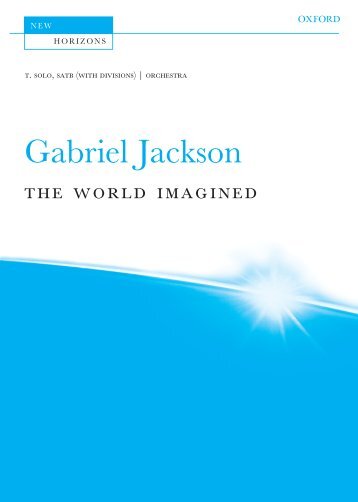
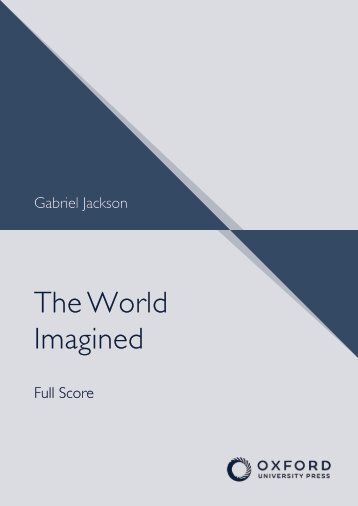
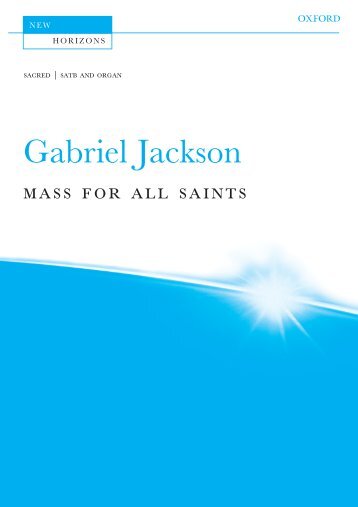


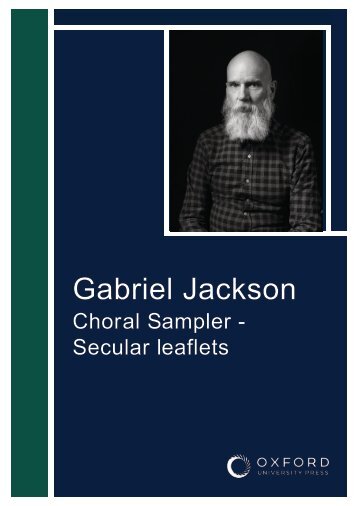

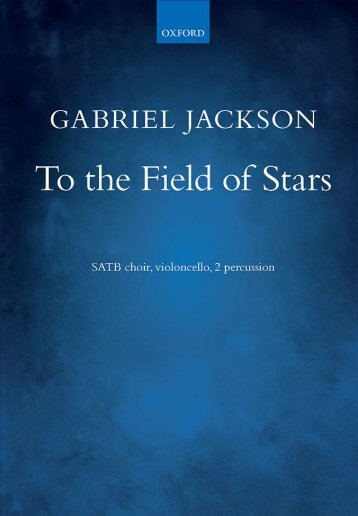
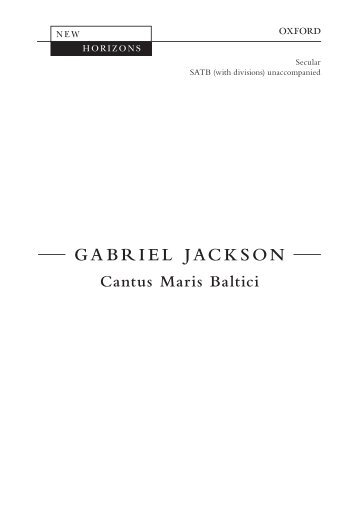
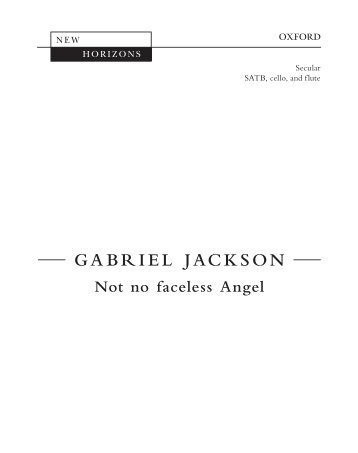
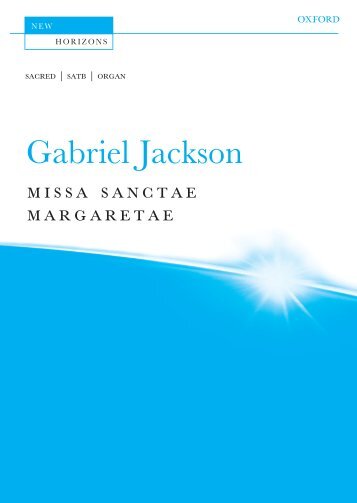
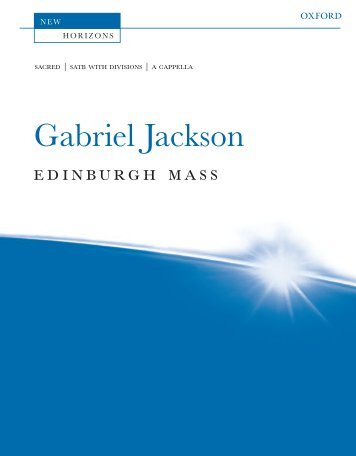



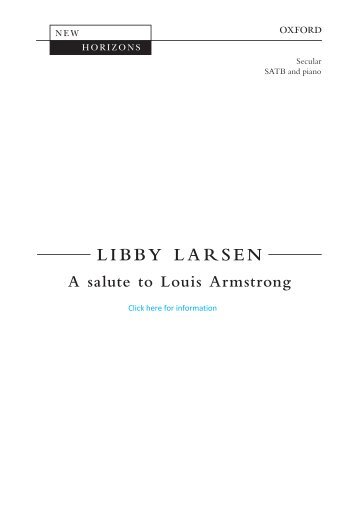


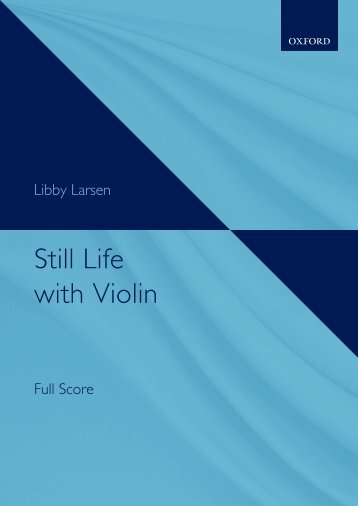
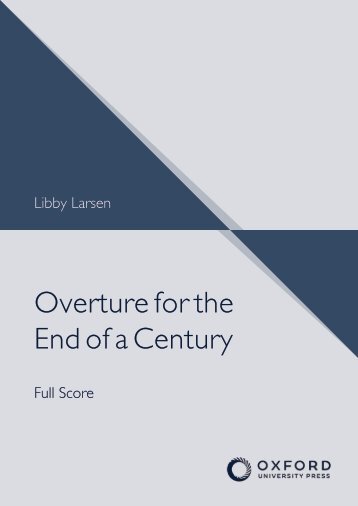




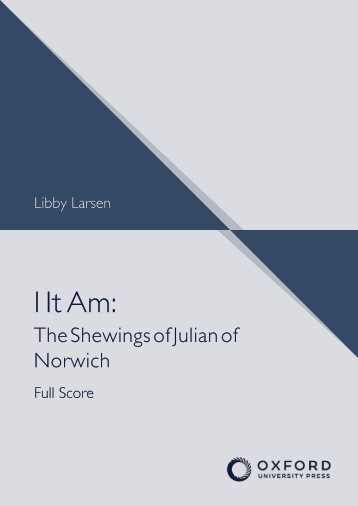

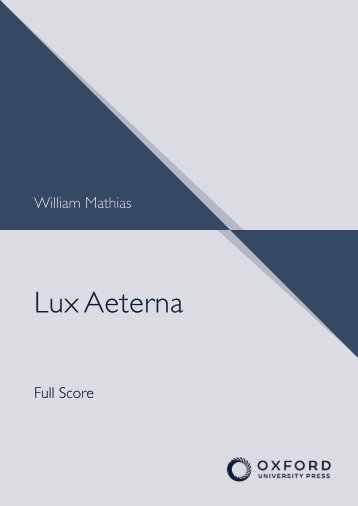









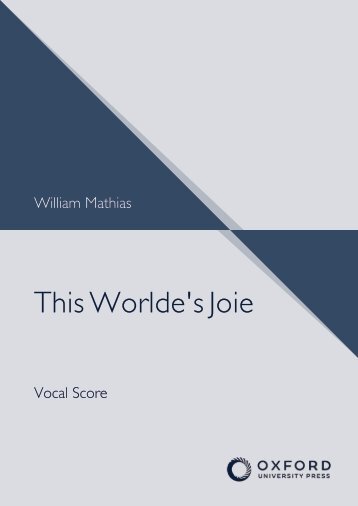

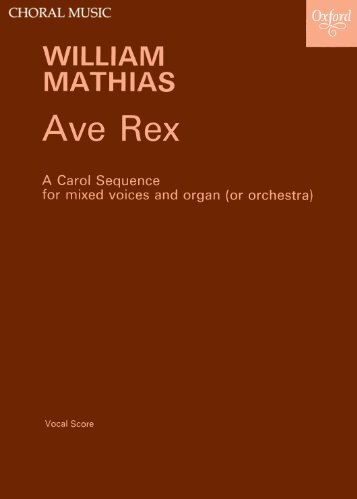



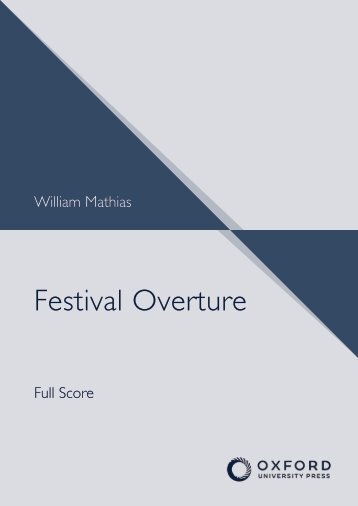

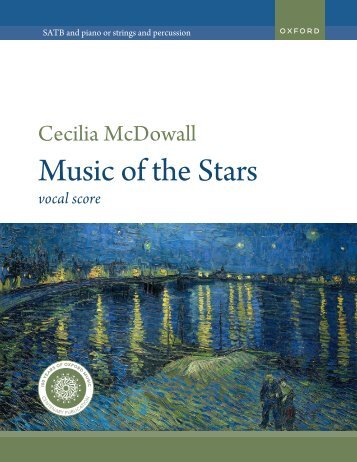
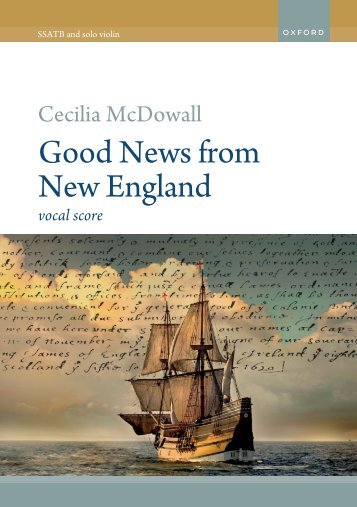
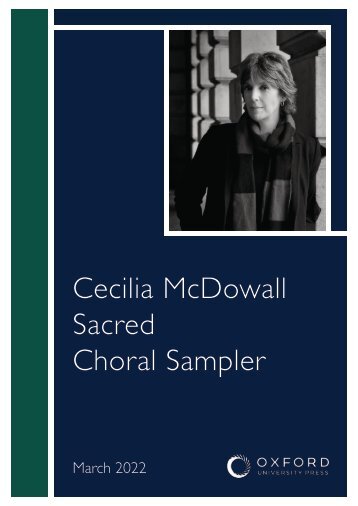


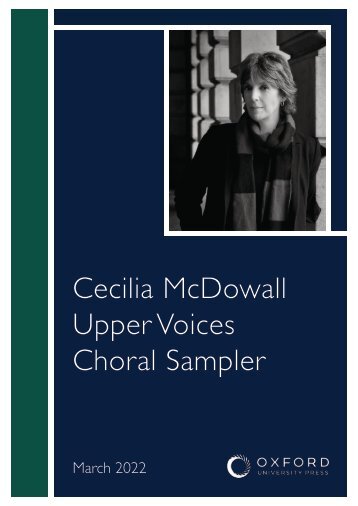
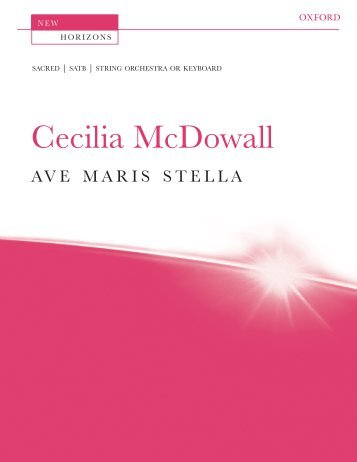
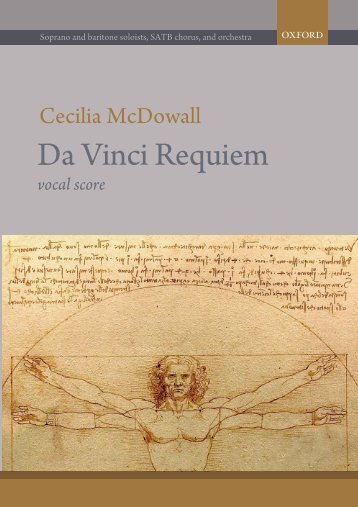
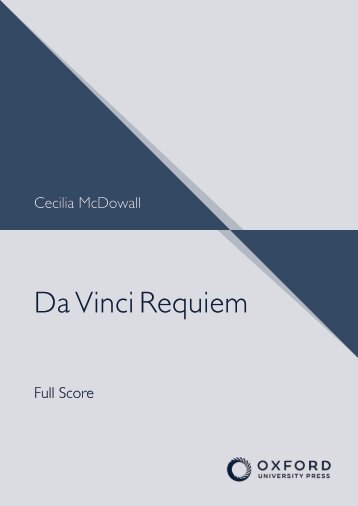
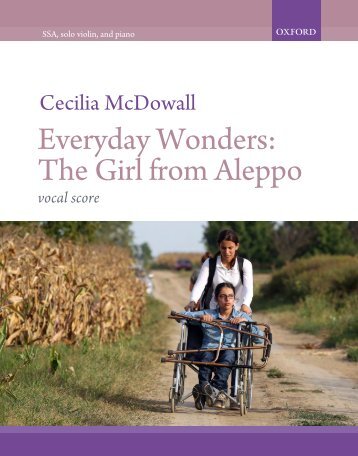
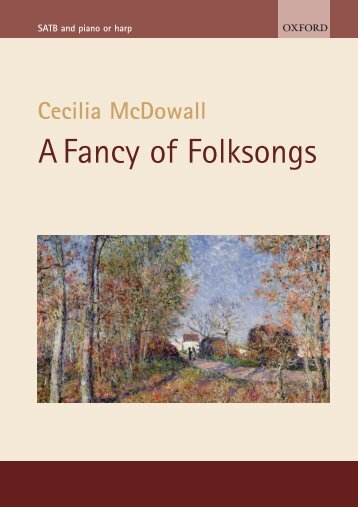


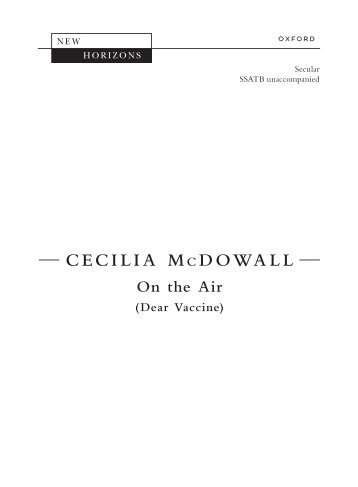
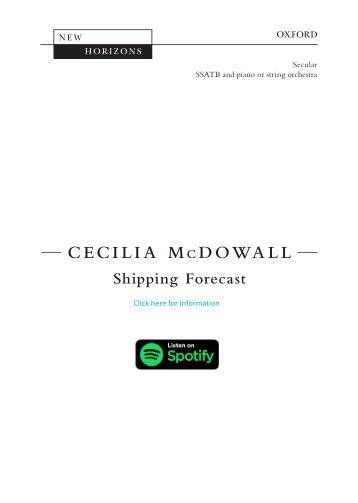
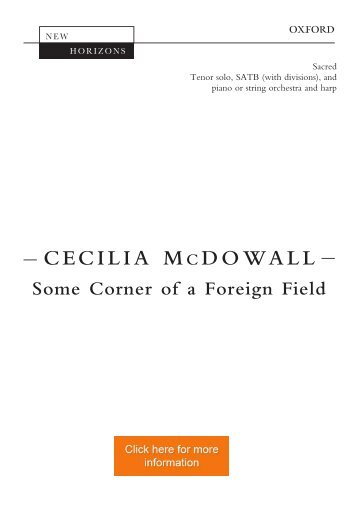

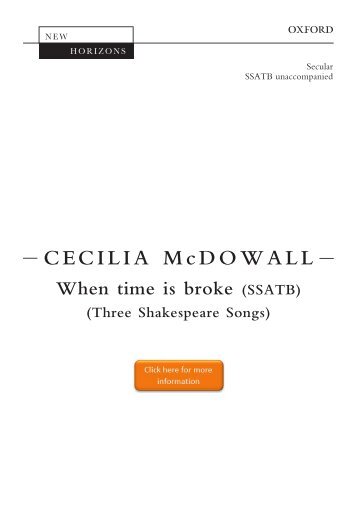
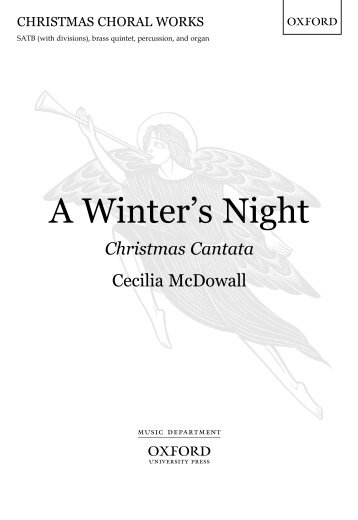
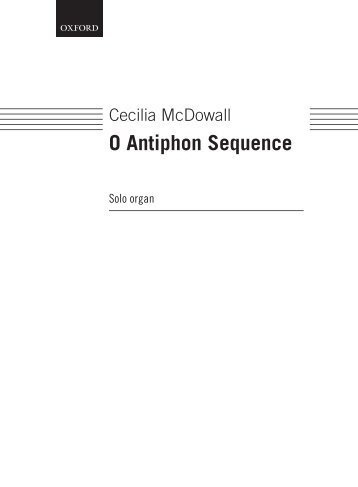

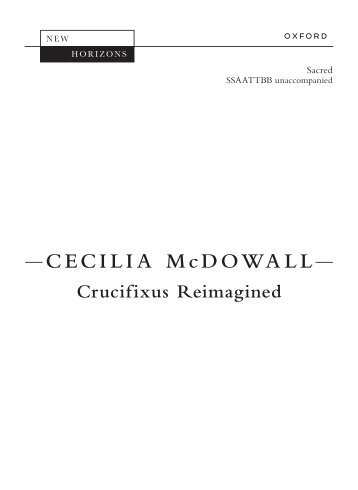
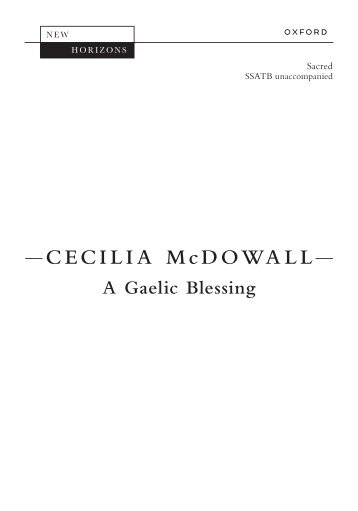
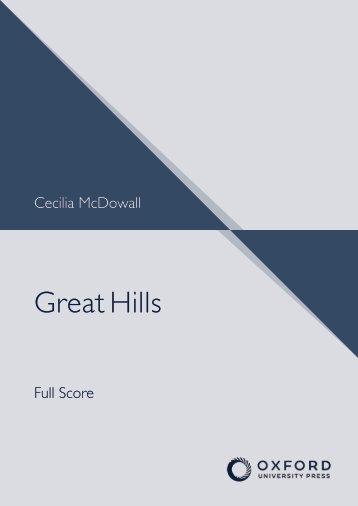

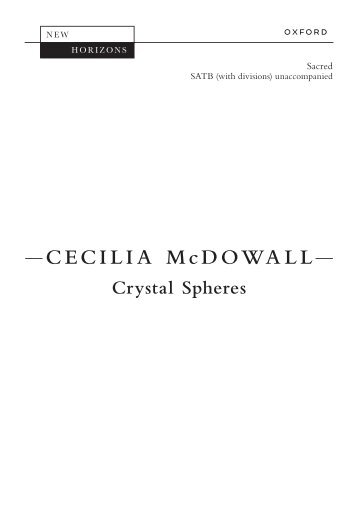
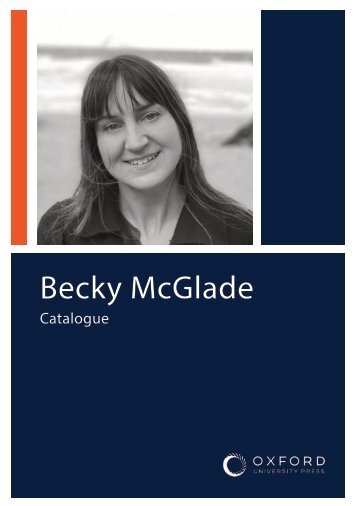
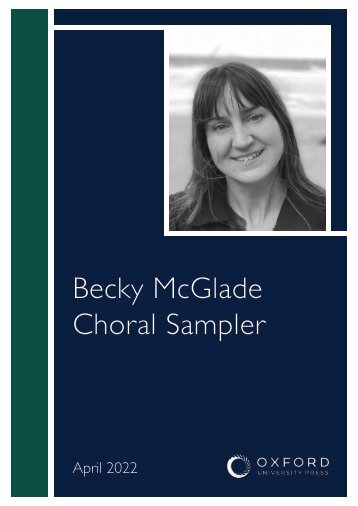
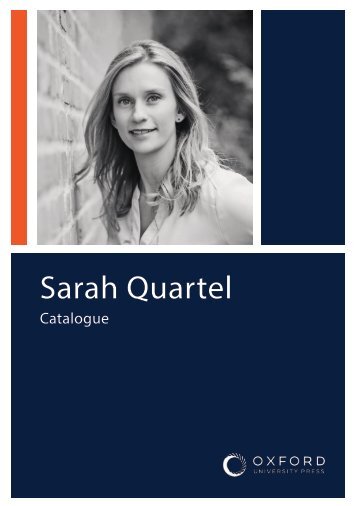

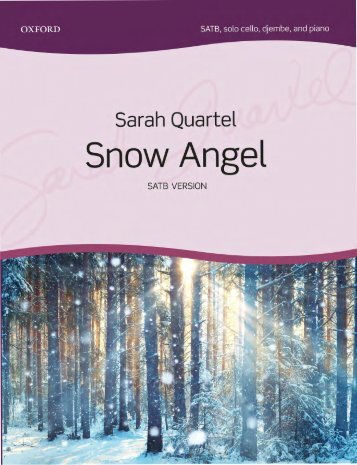
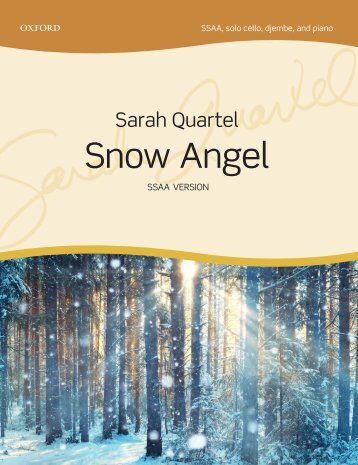
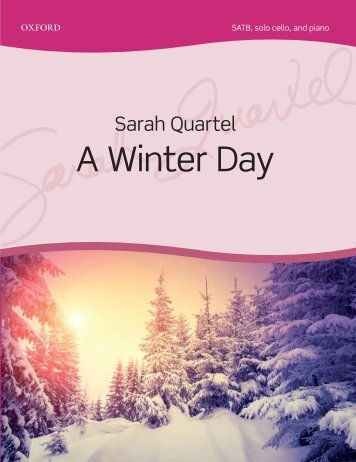
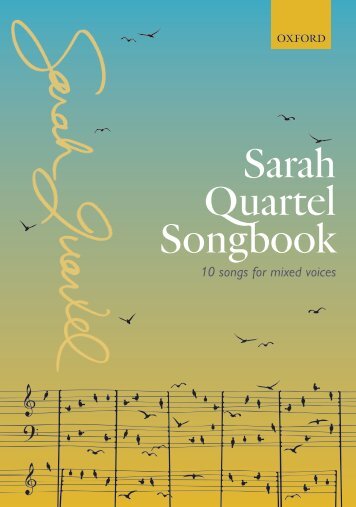
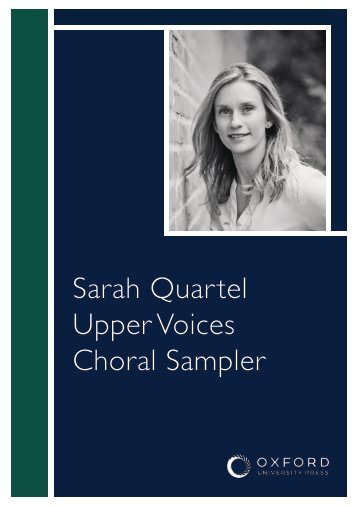
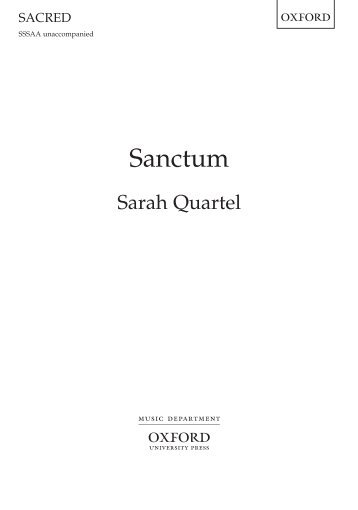


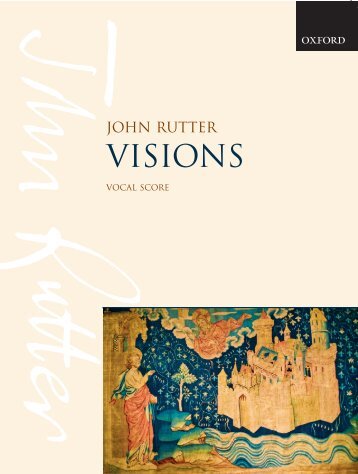
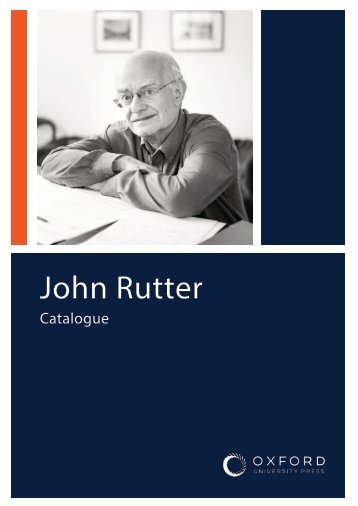
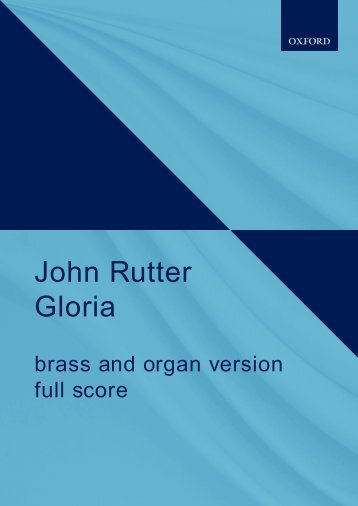
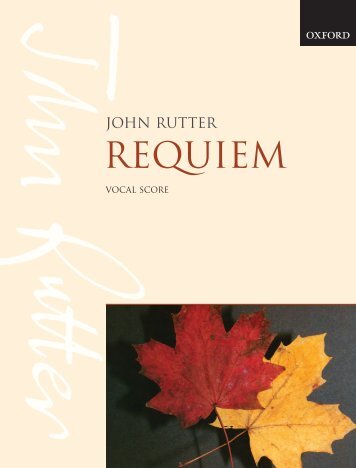

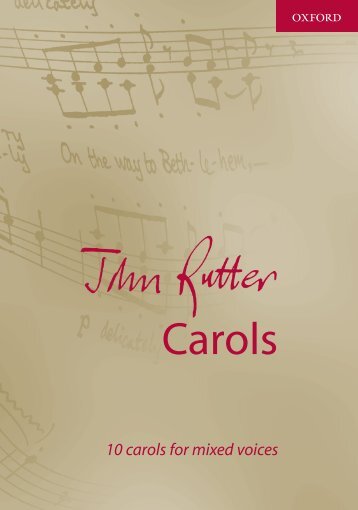
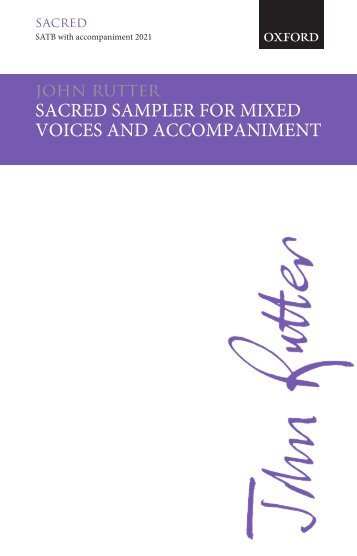
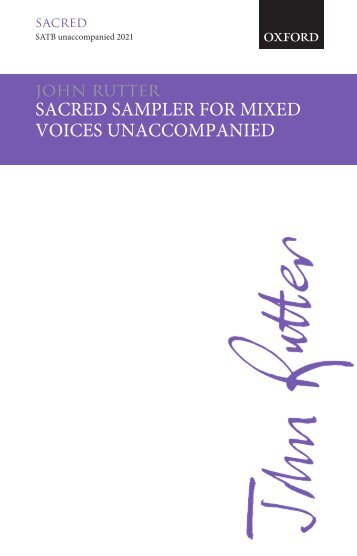
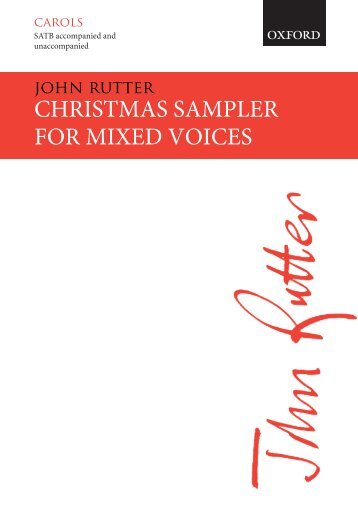
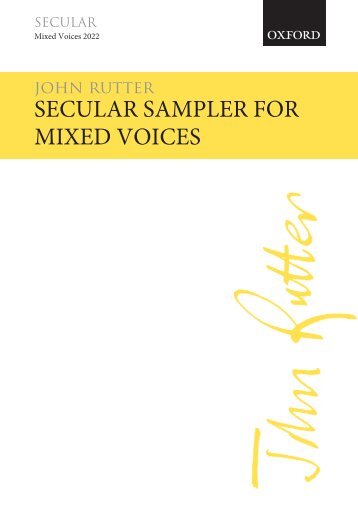
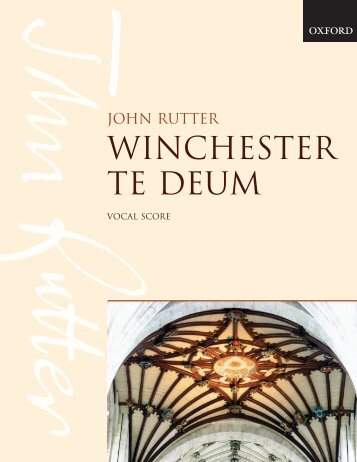
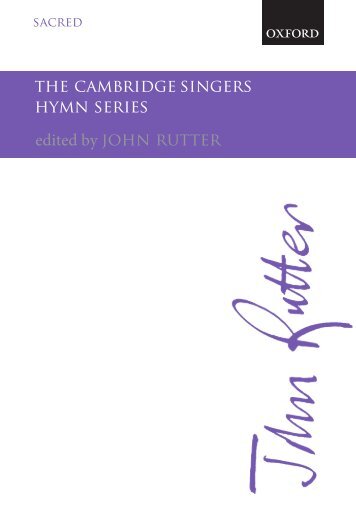
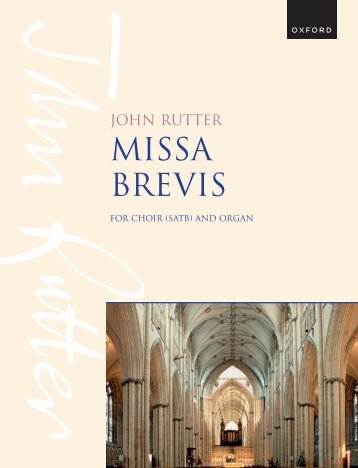
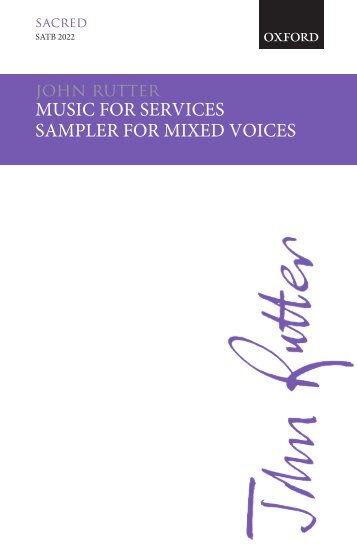
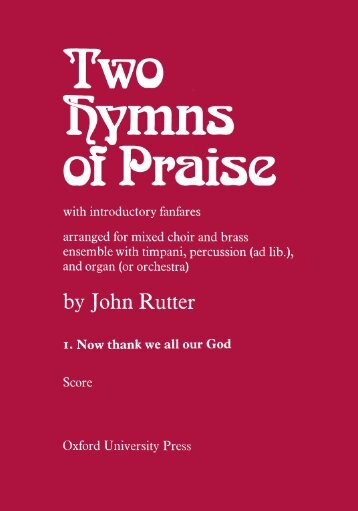

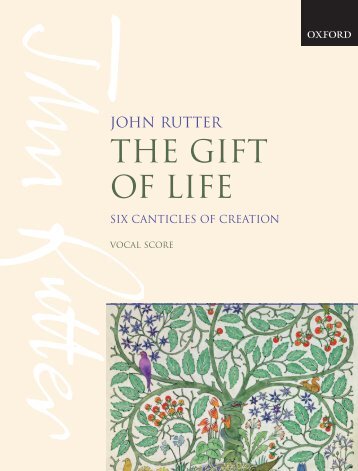
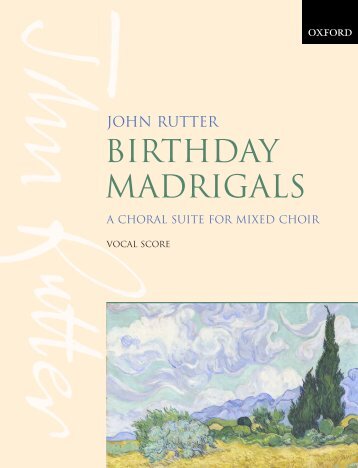
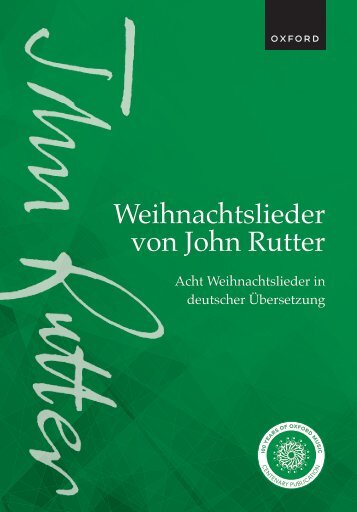
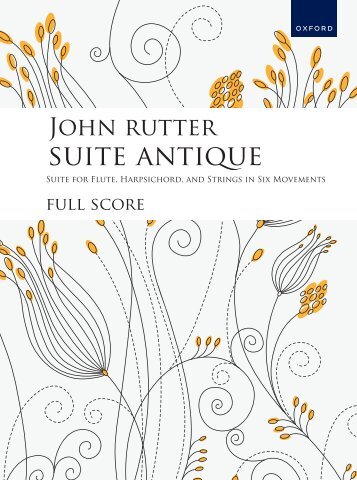
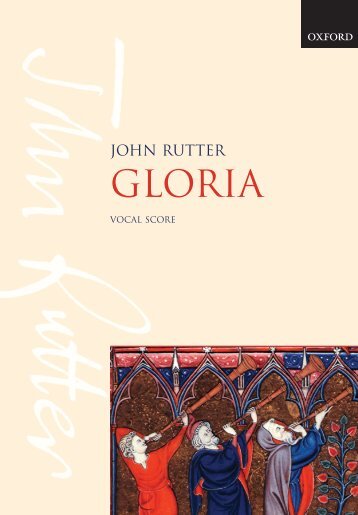
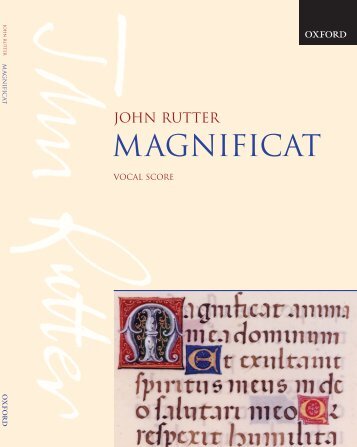
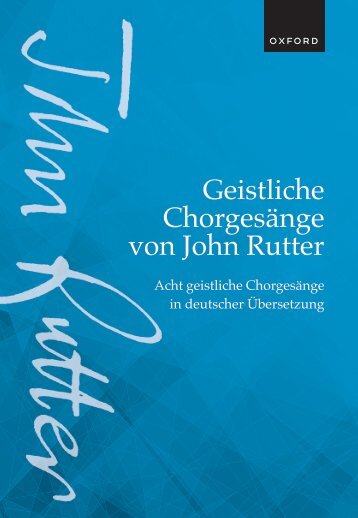
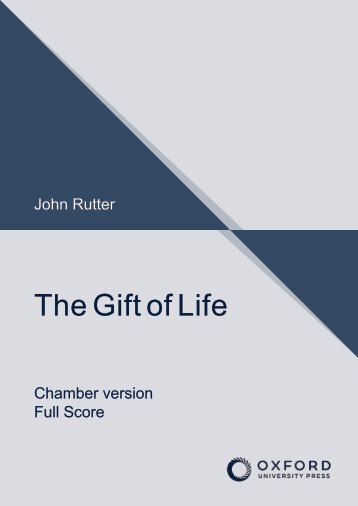
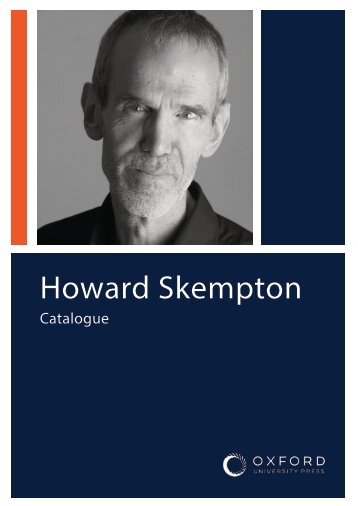


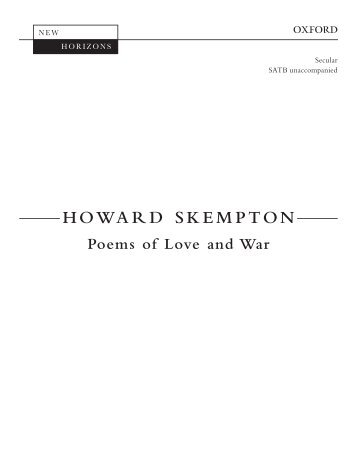

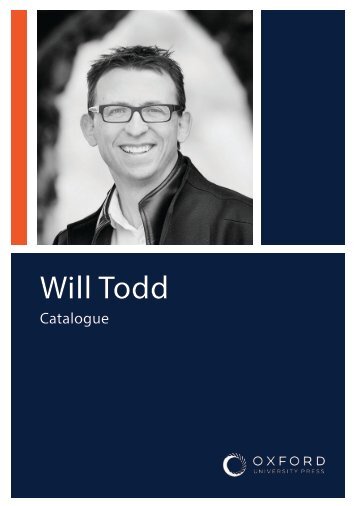
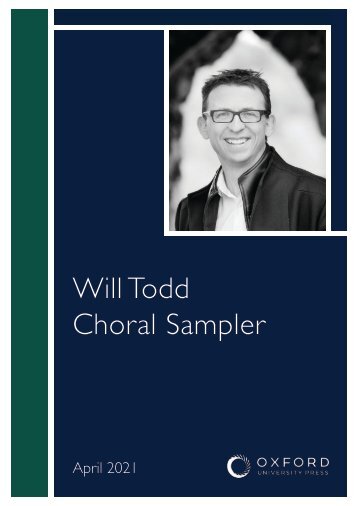
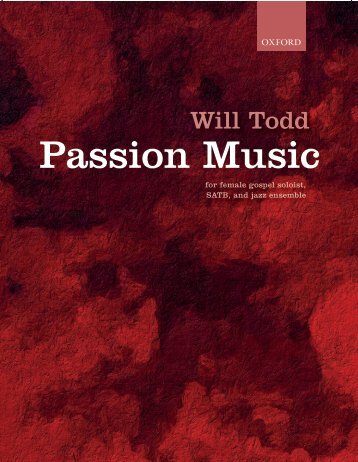
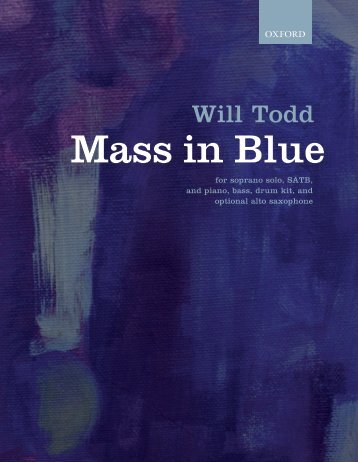
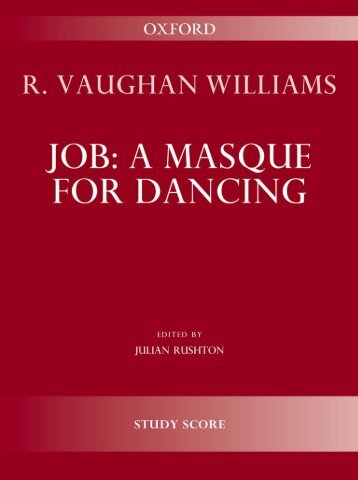

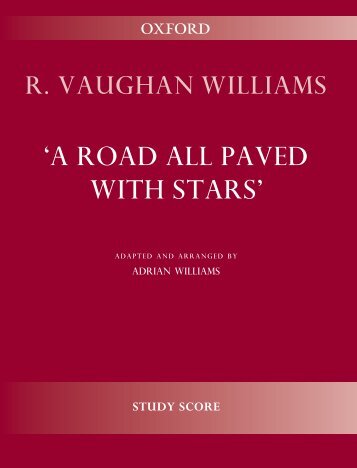
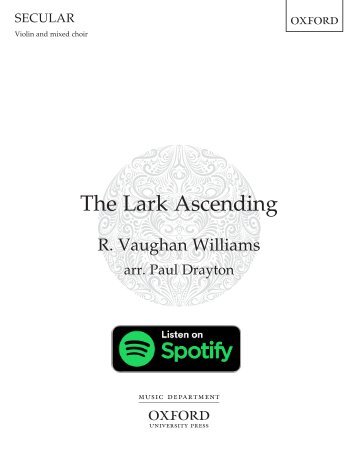

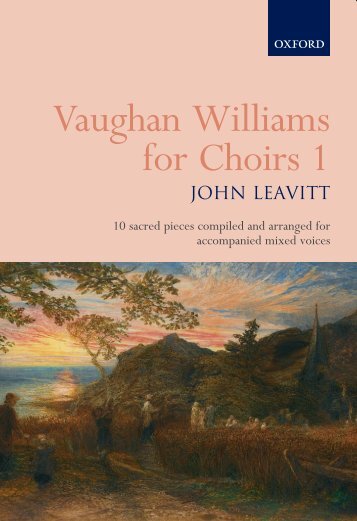
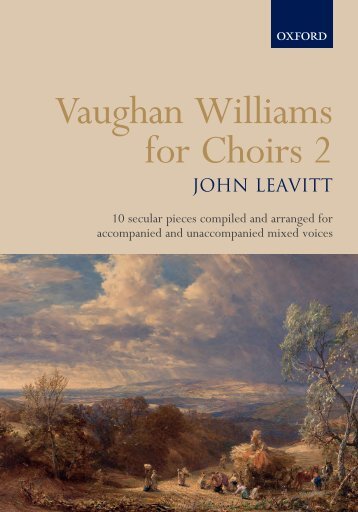

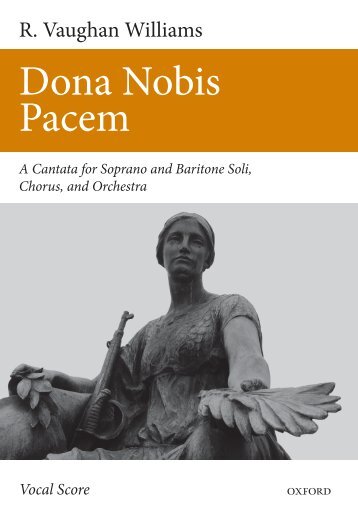
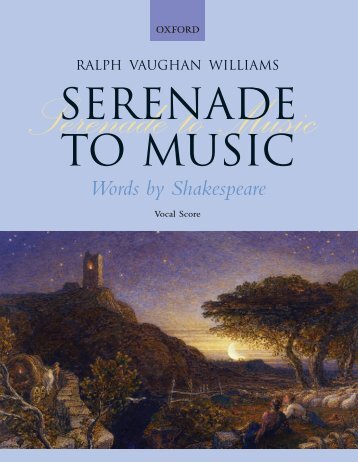
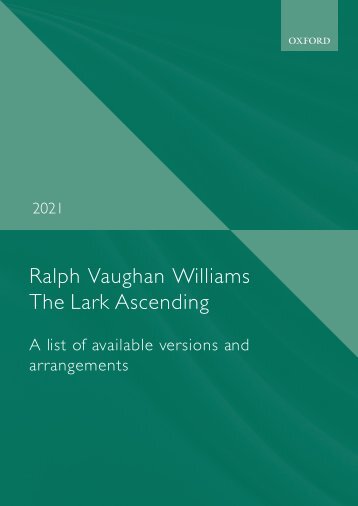

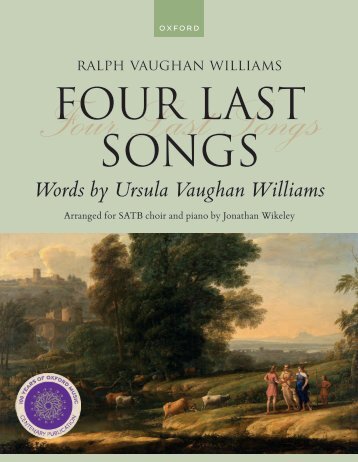

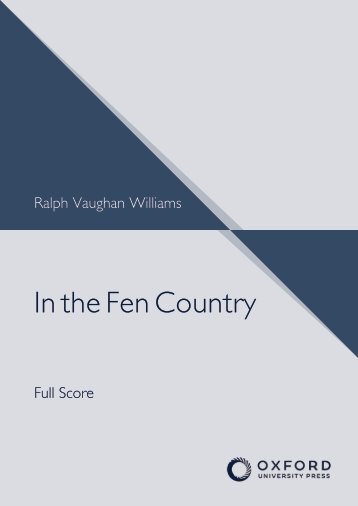
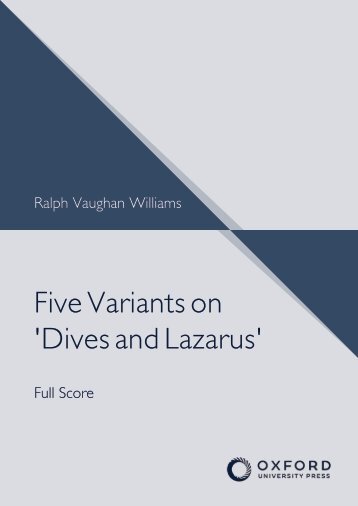
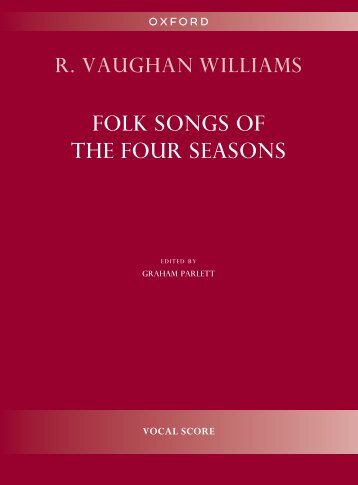




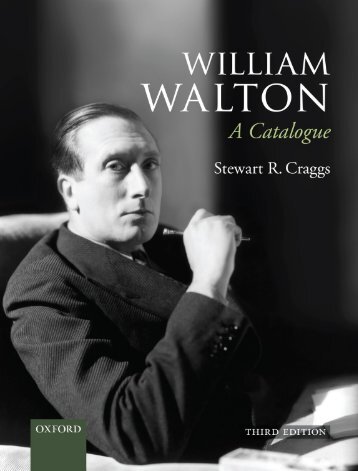



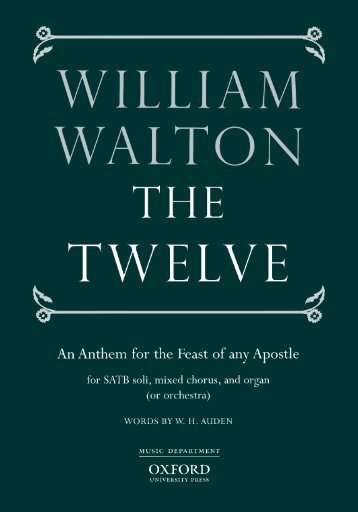


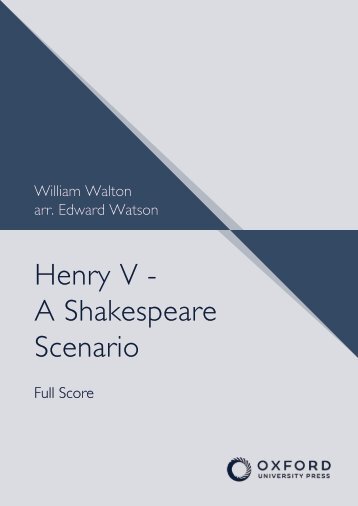






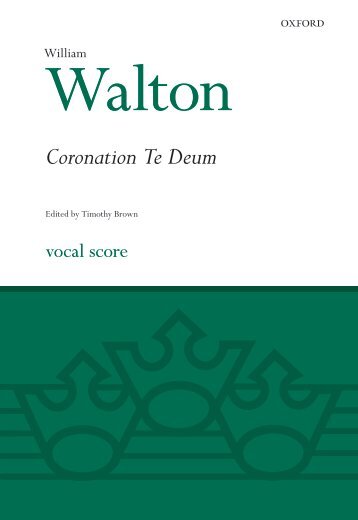
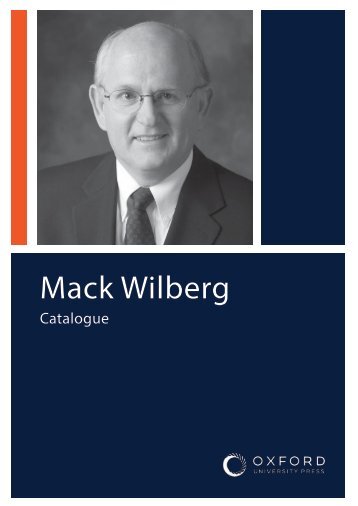
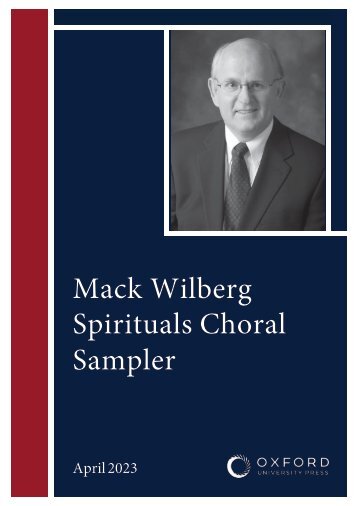
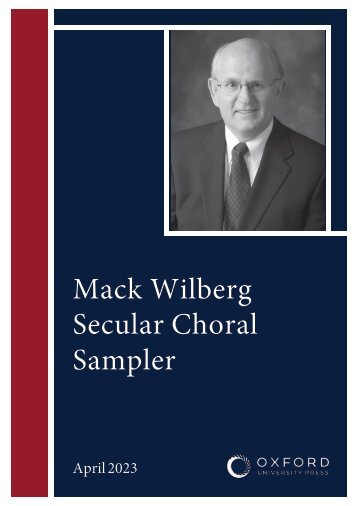




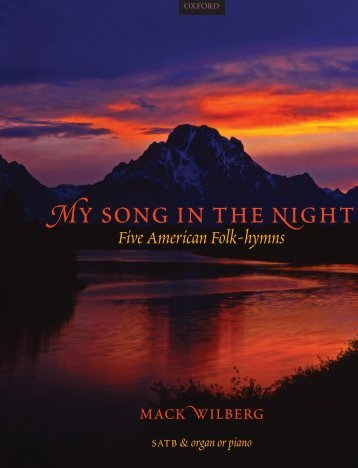
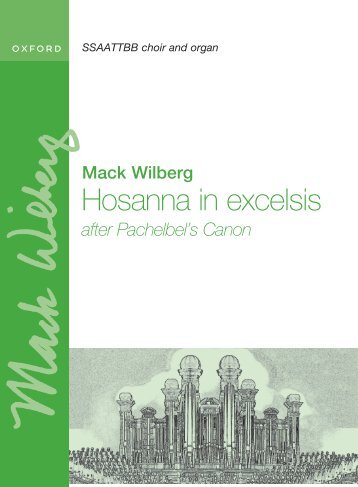
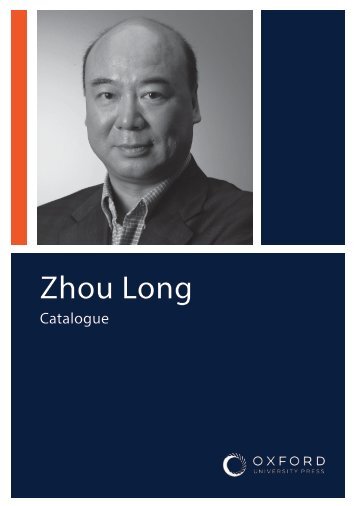

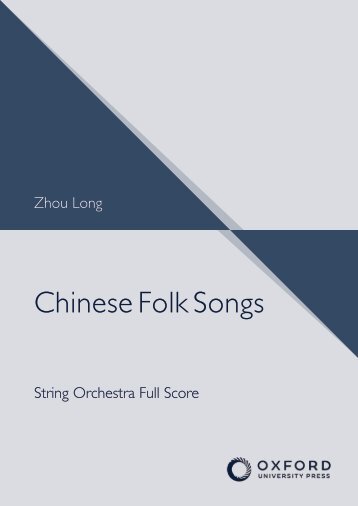

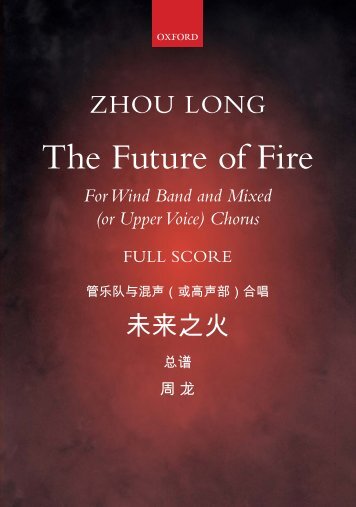





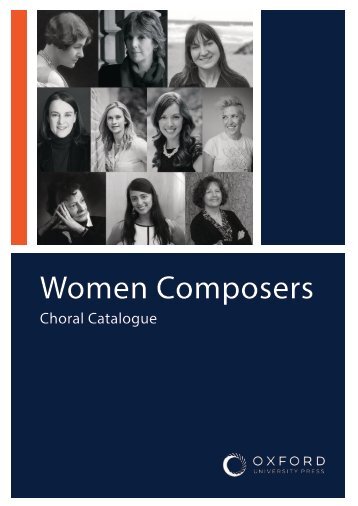

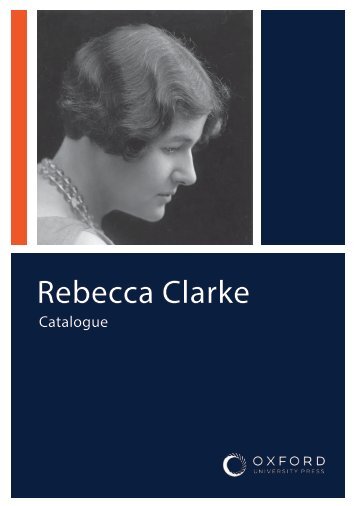

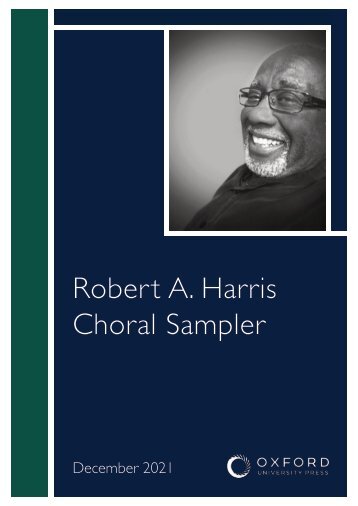
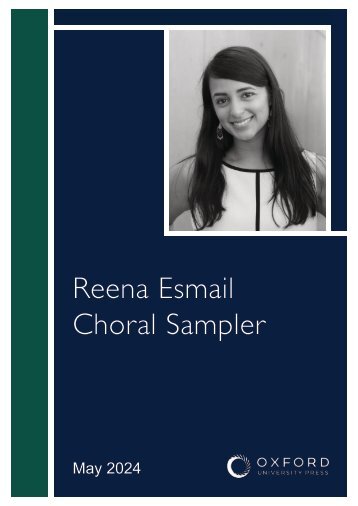
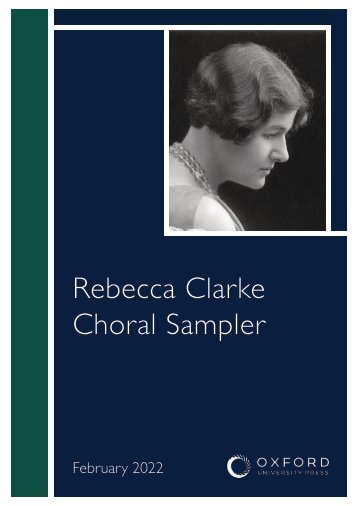
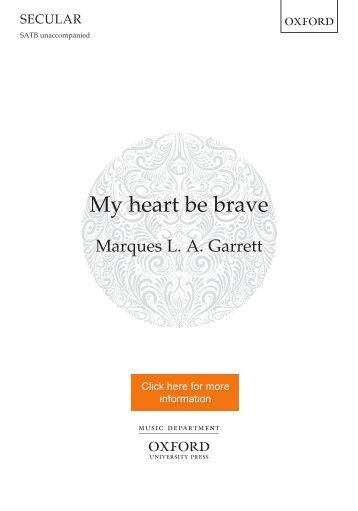
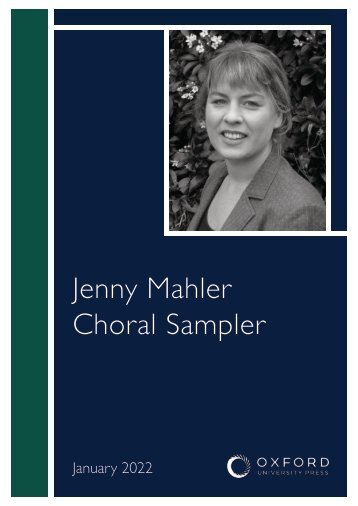
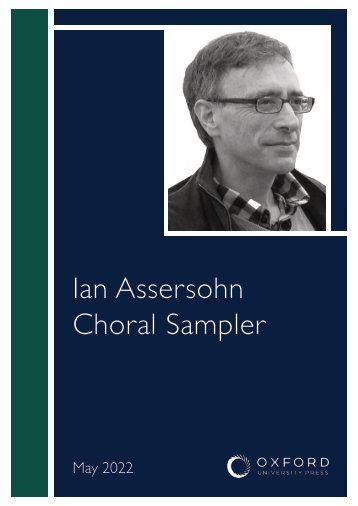
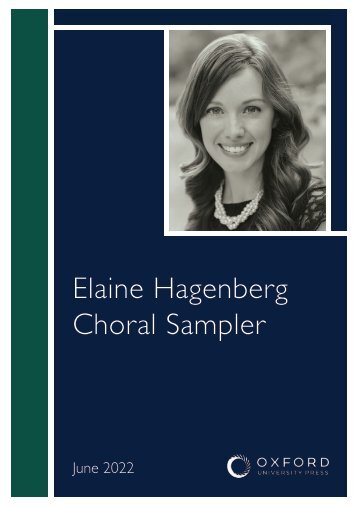
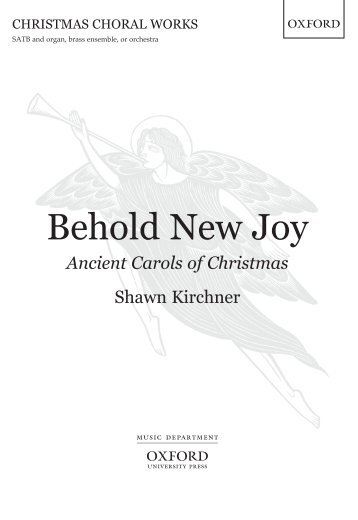
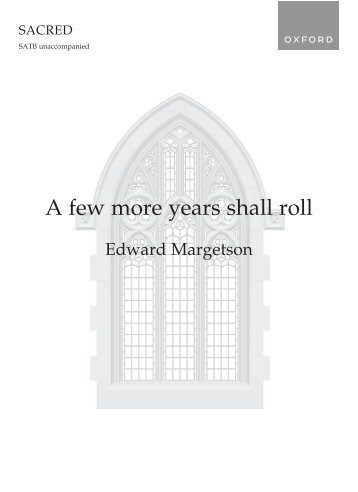
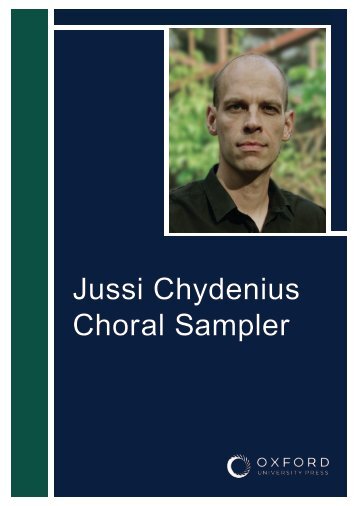


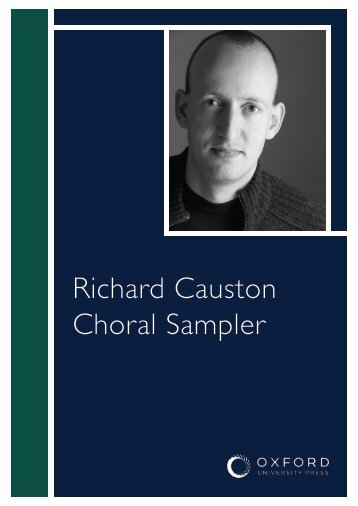
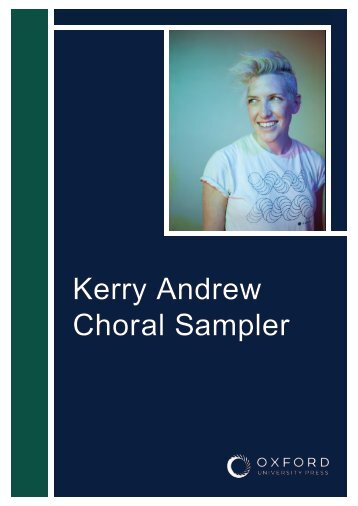
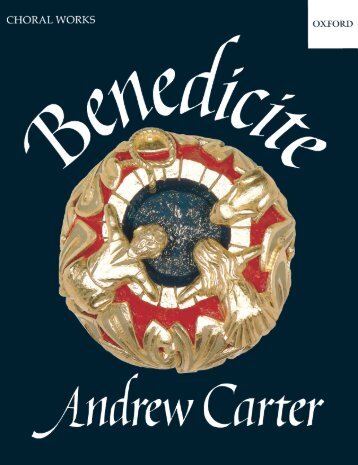
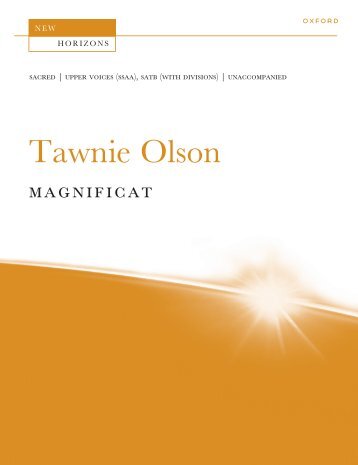


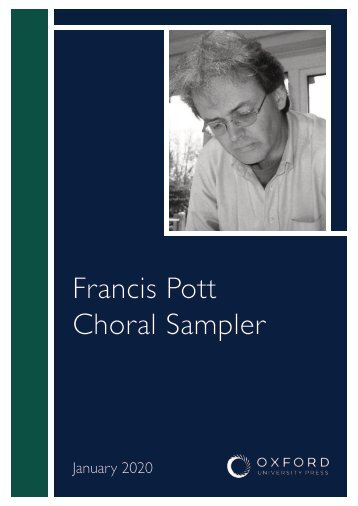

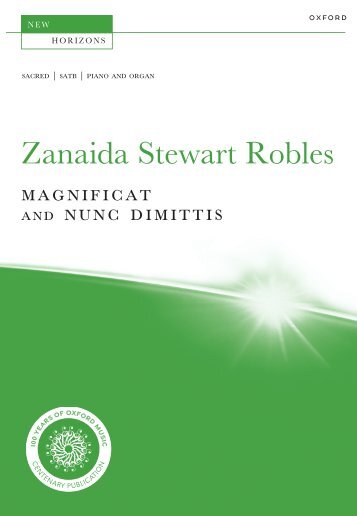

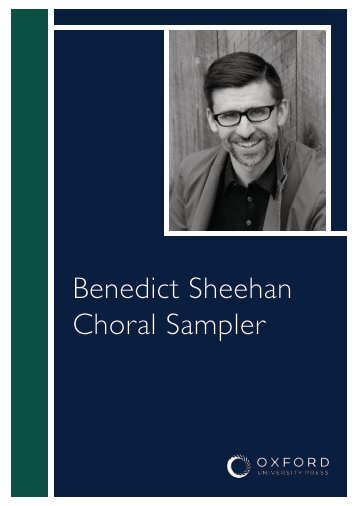
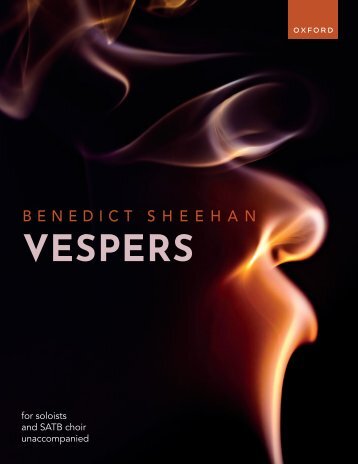


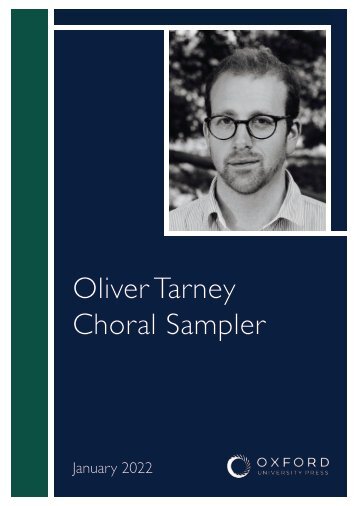

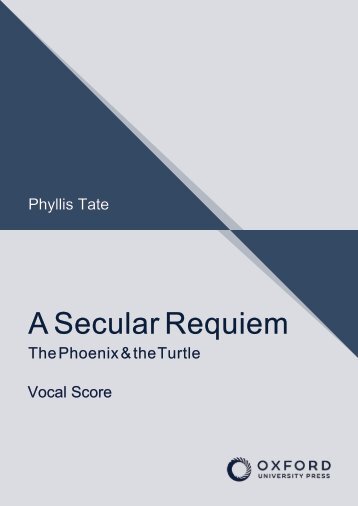
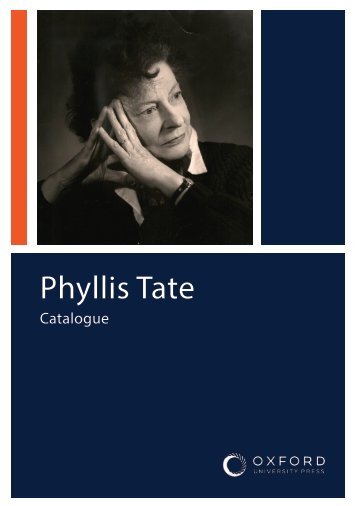
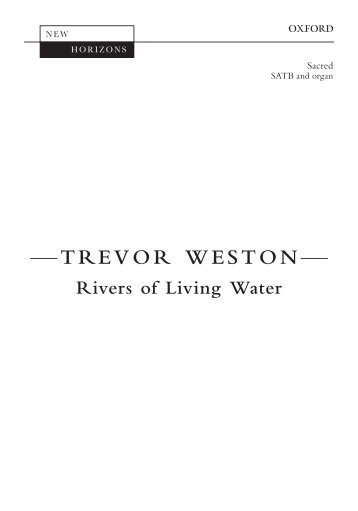
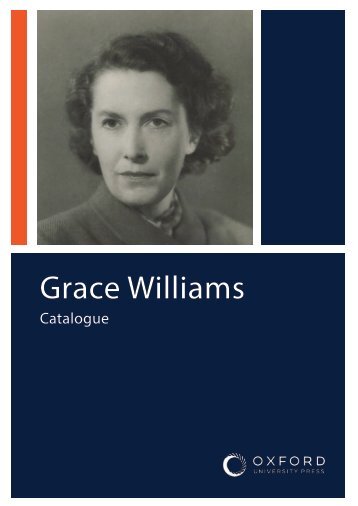
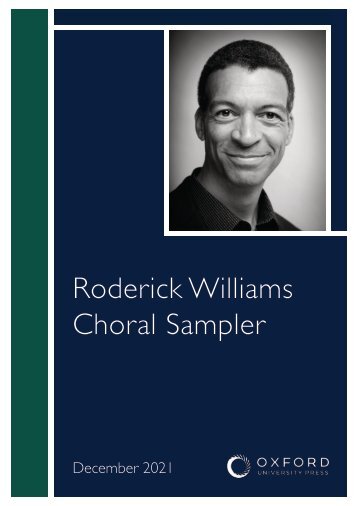
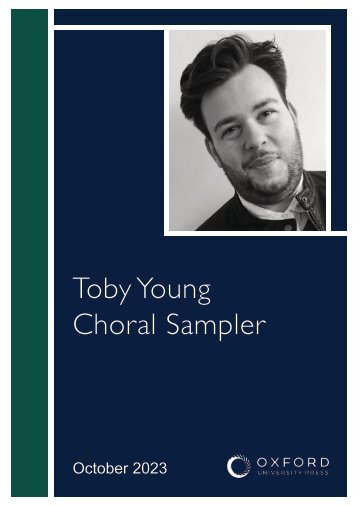


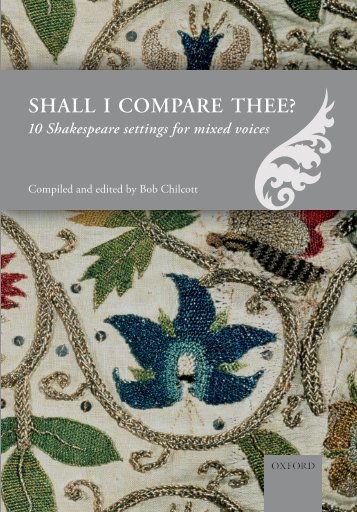
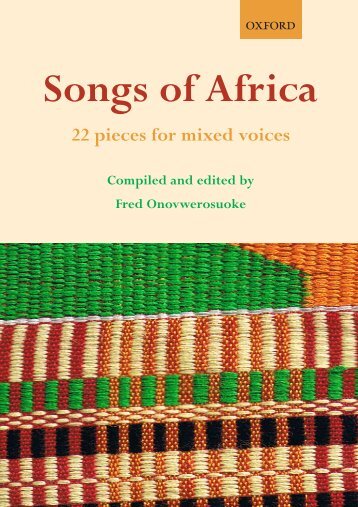



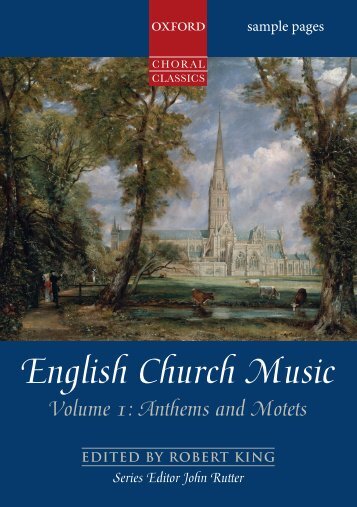
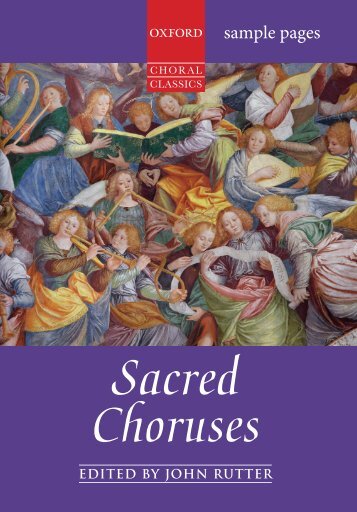

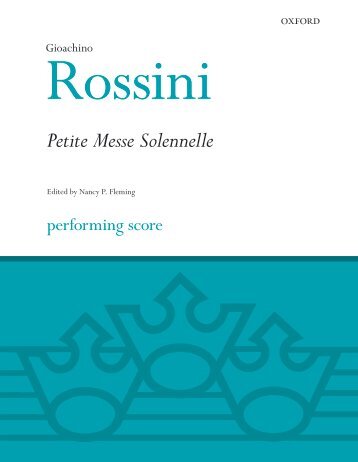
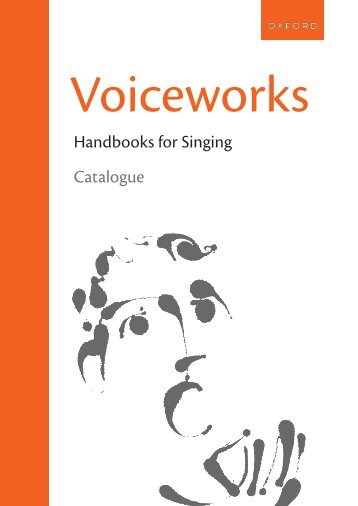



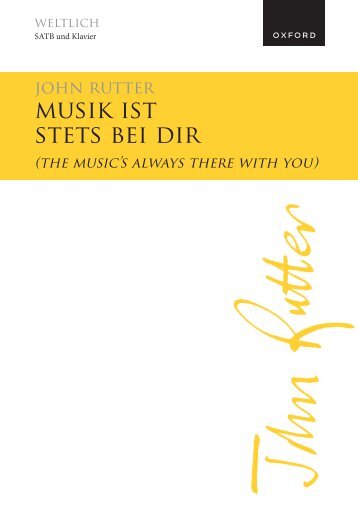
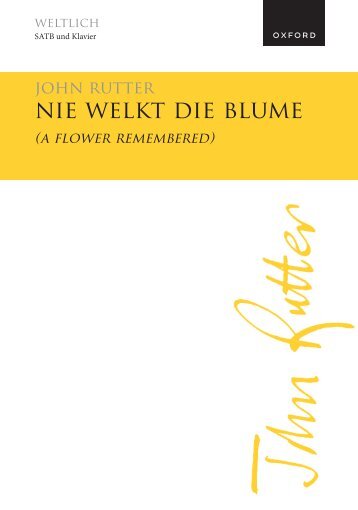

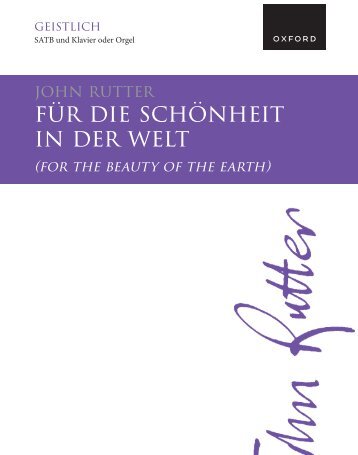
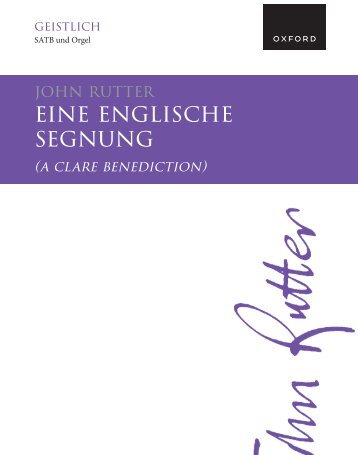

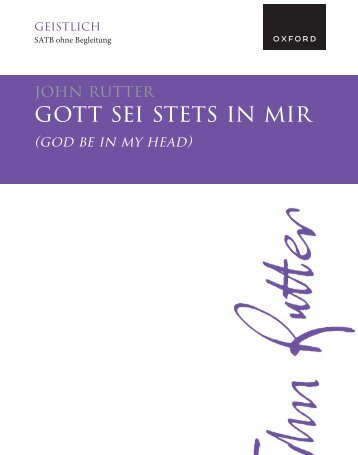


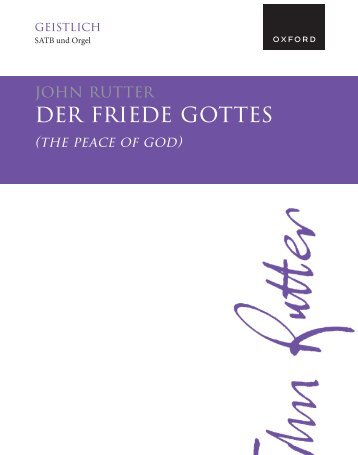

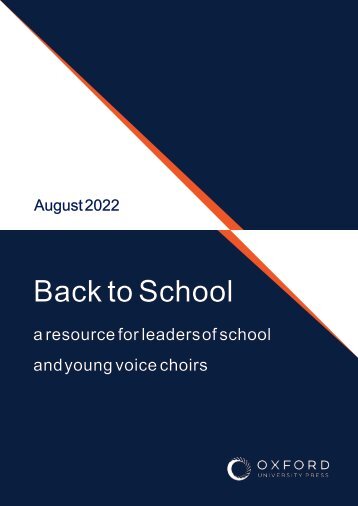
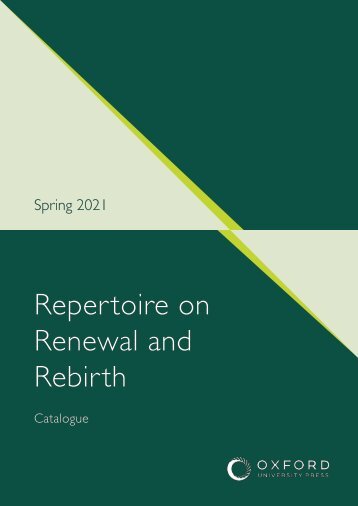
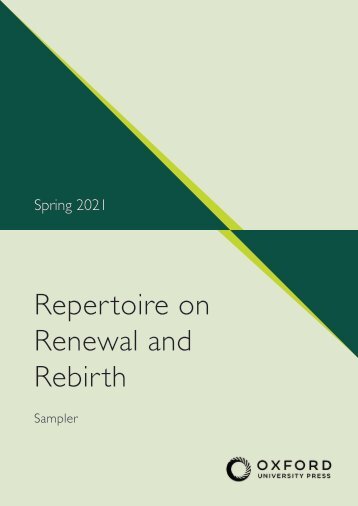
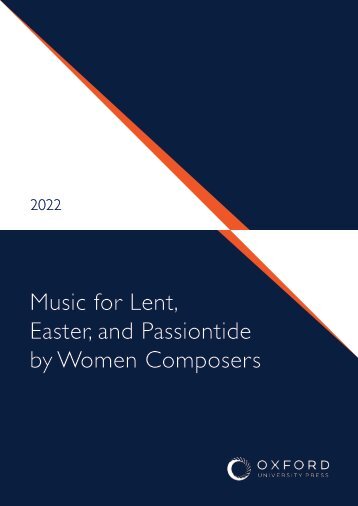
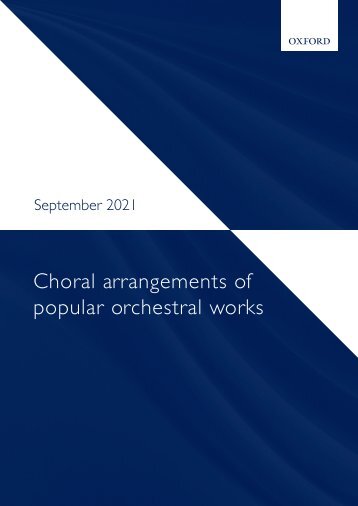
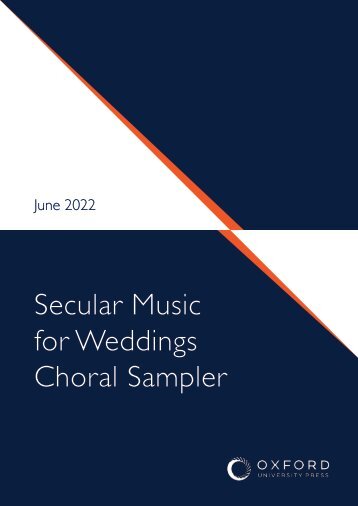

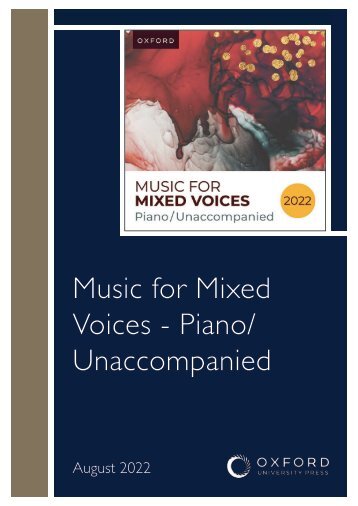
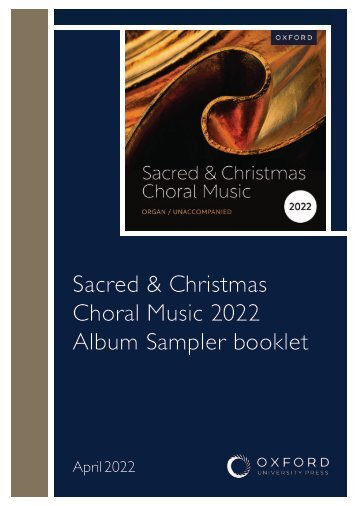
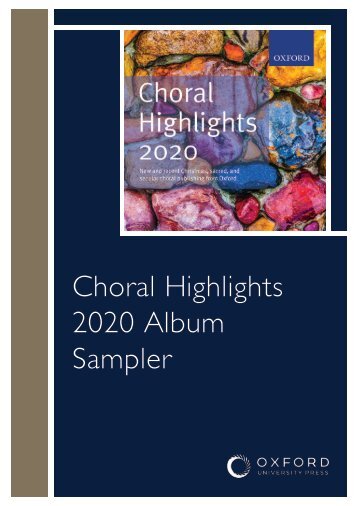
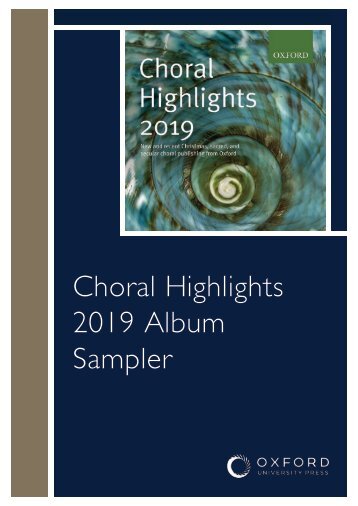
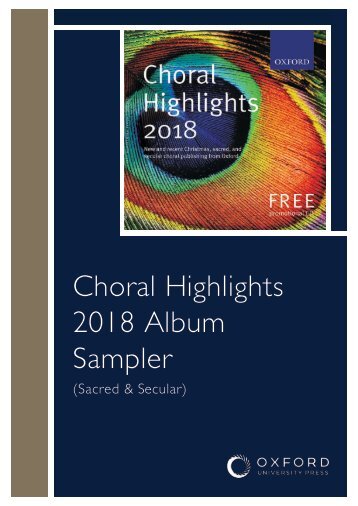

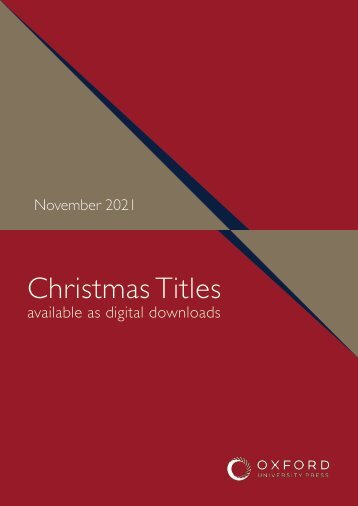
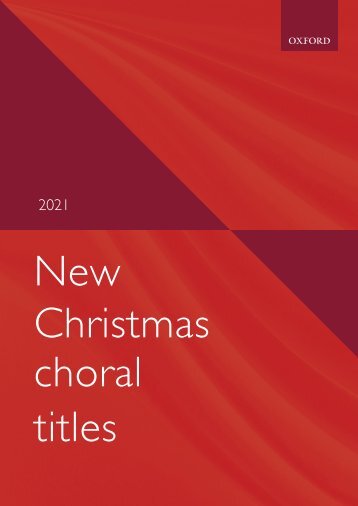
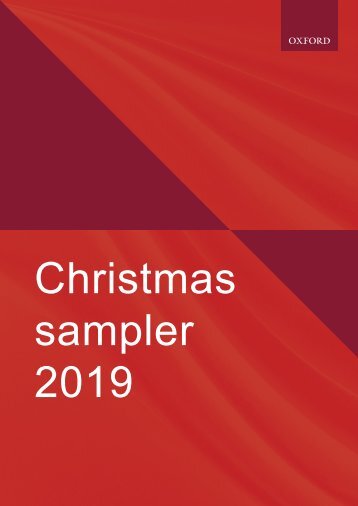
Facebook
Twitter
Email